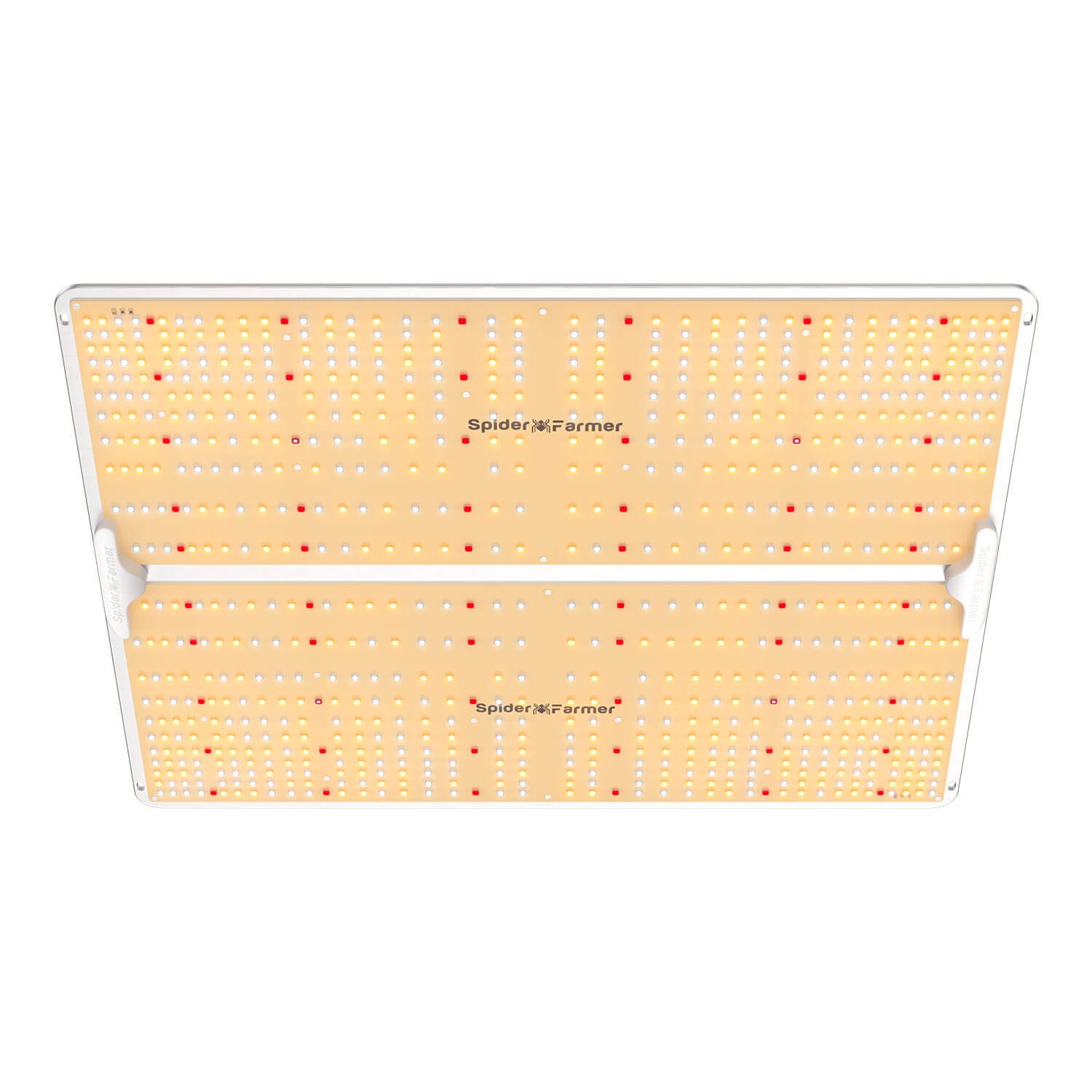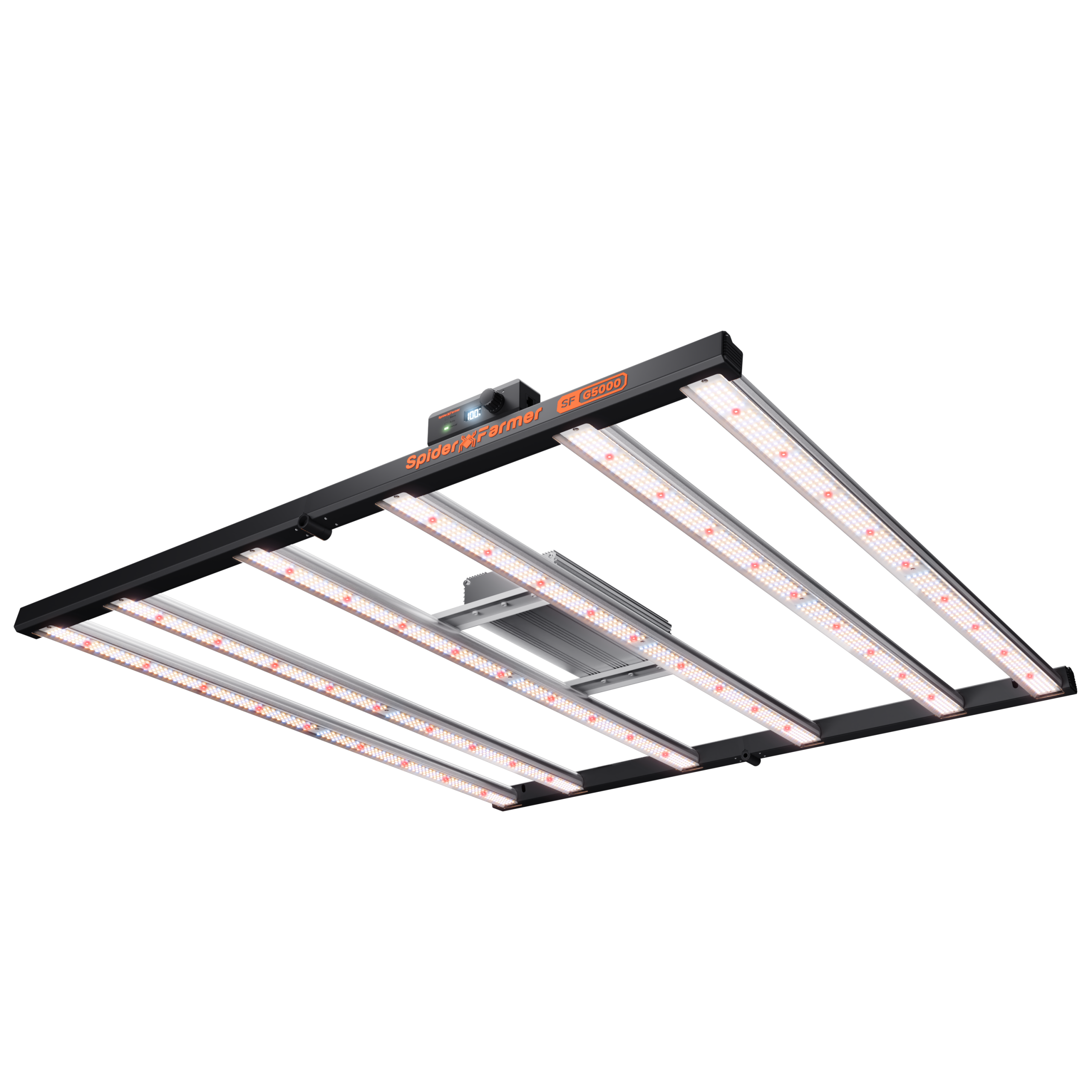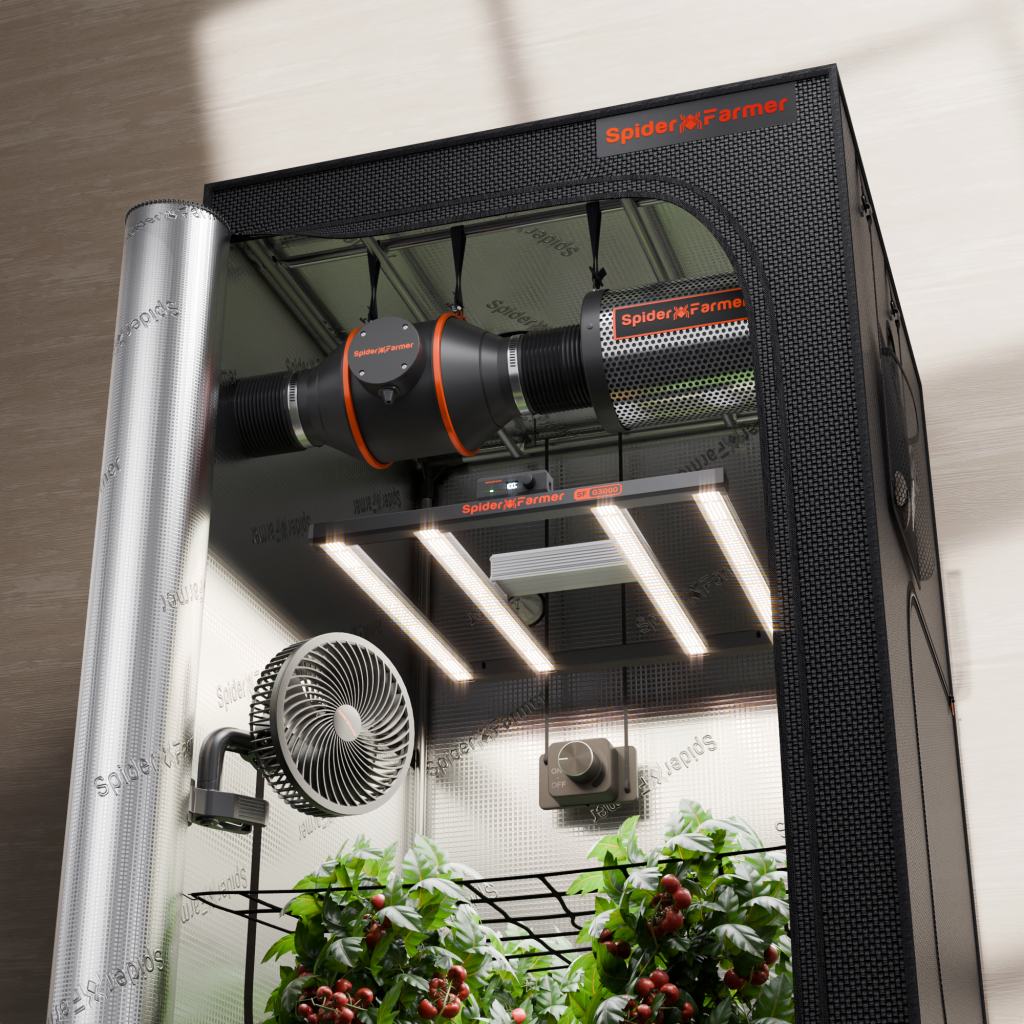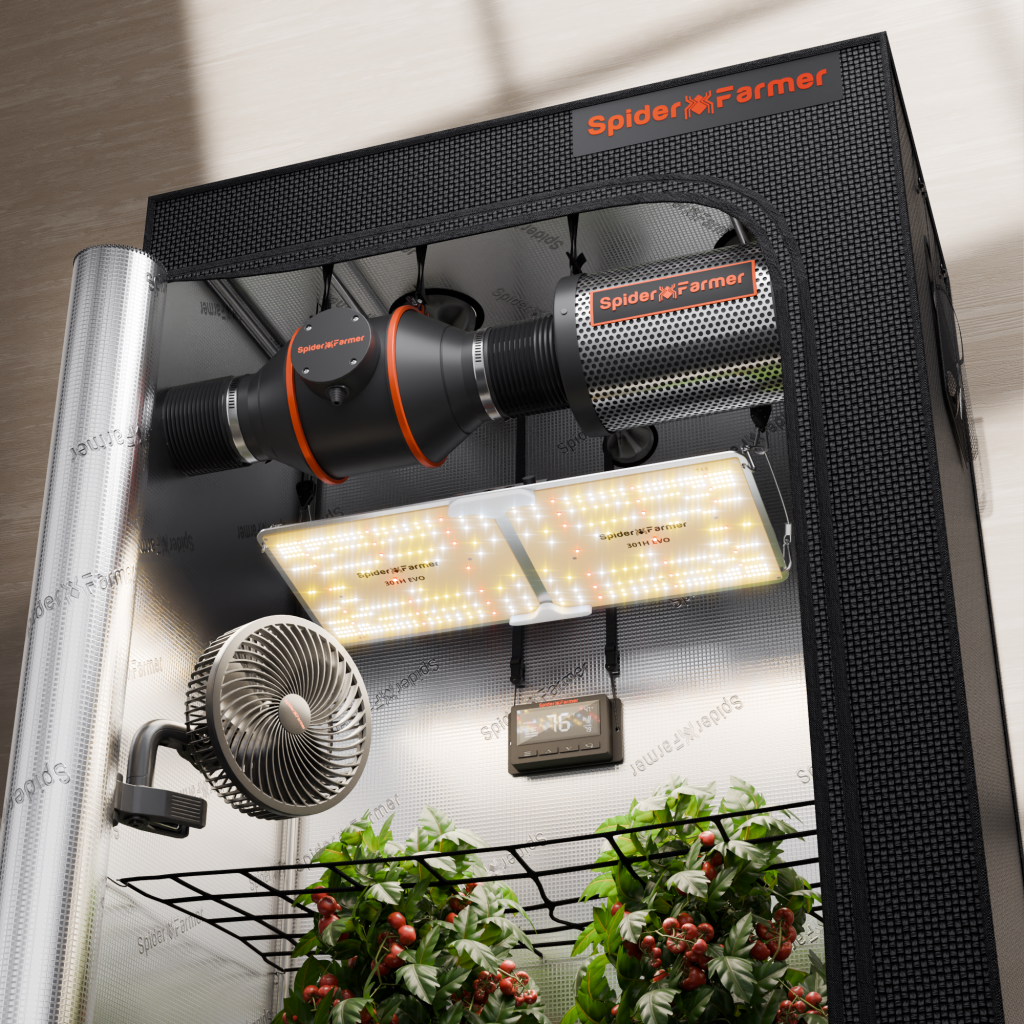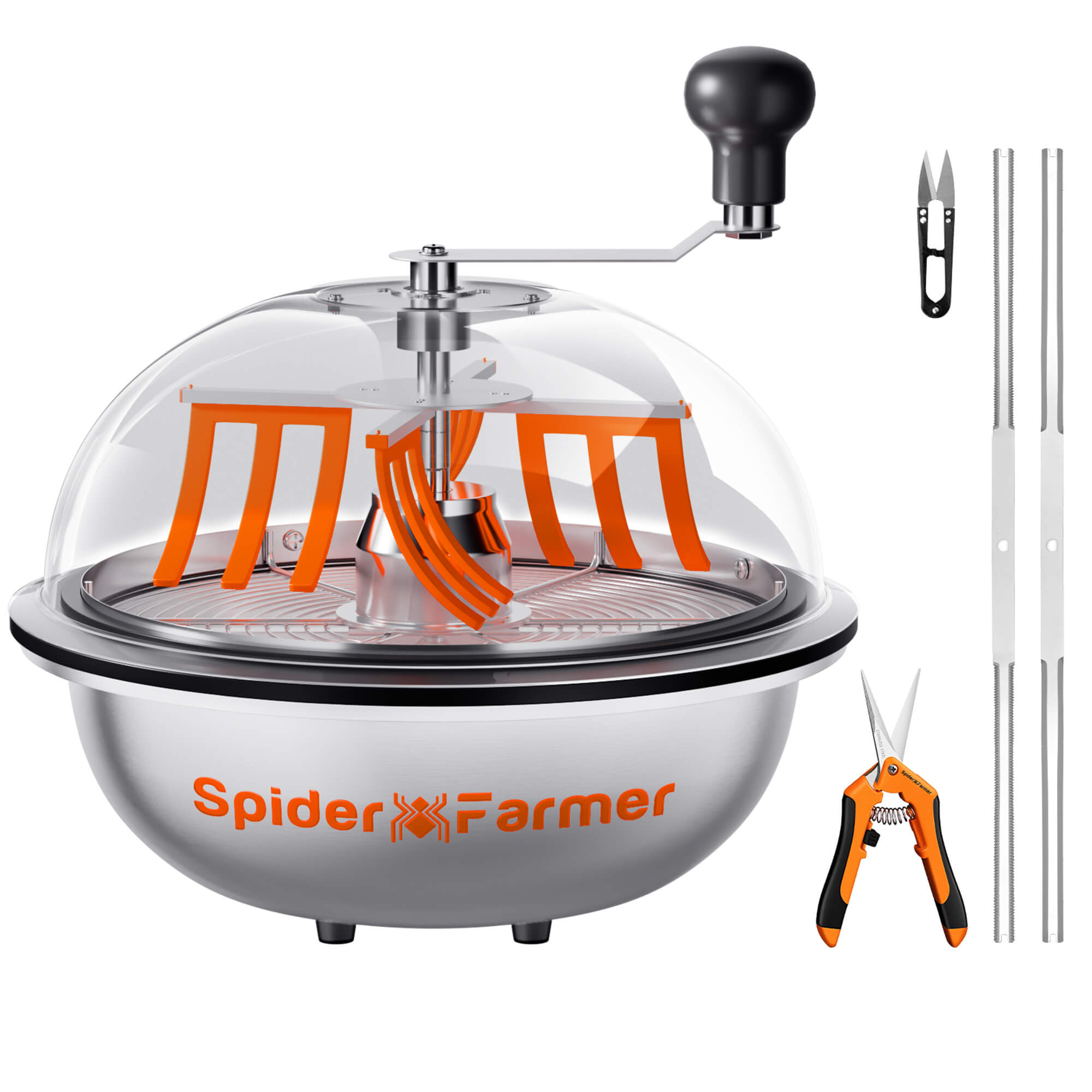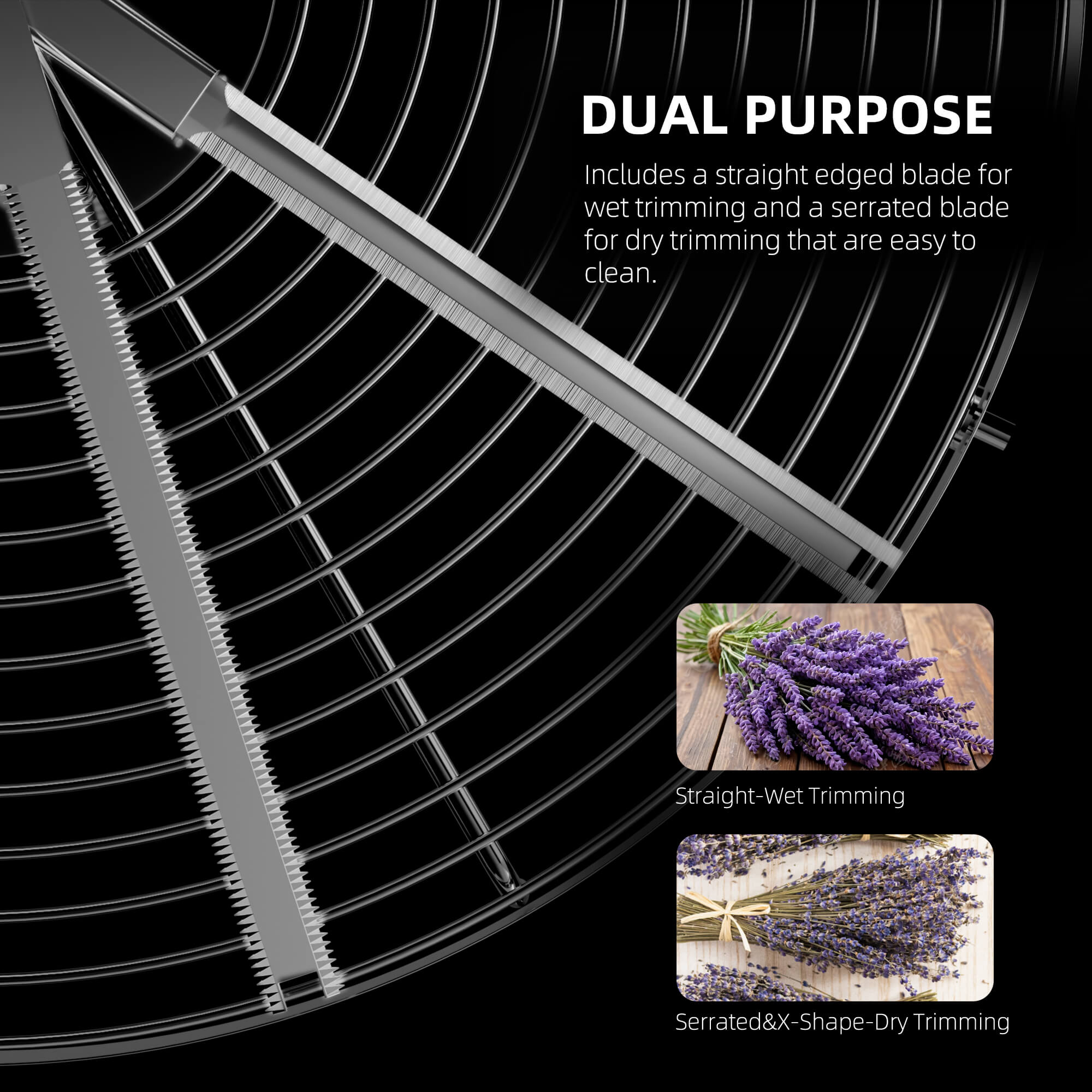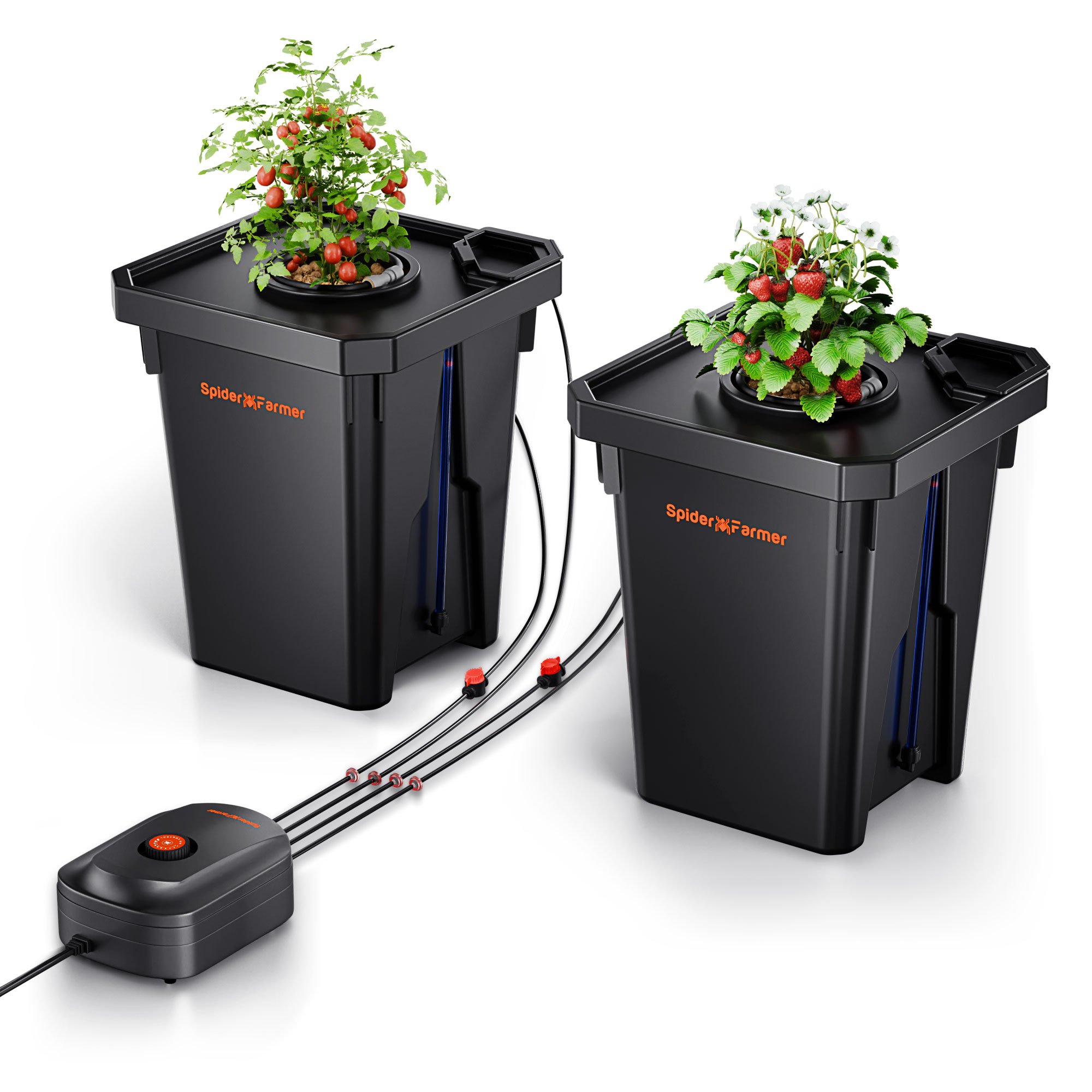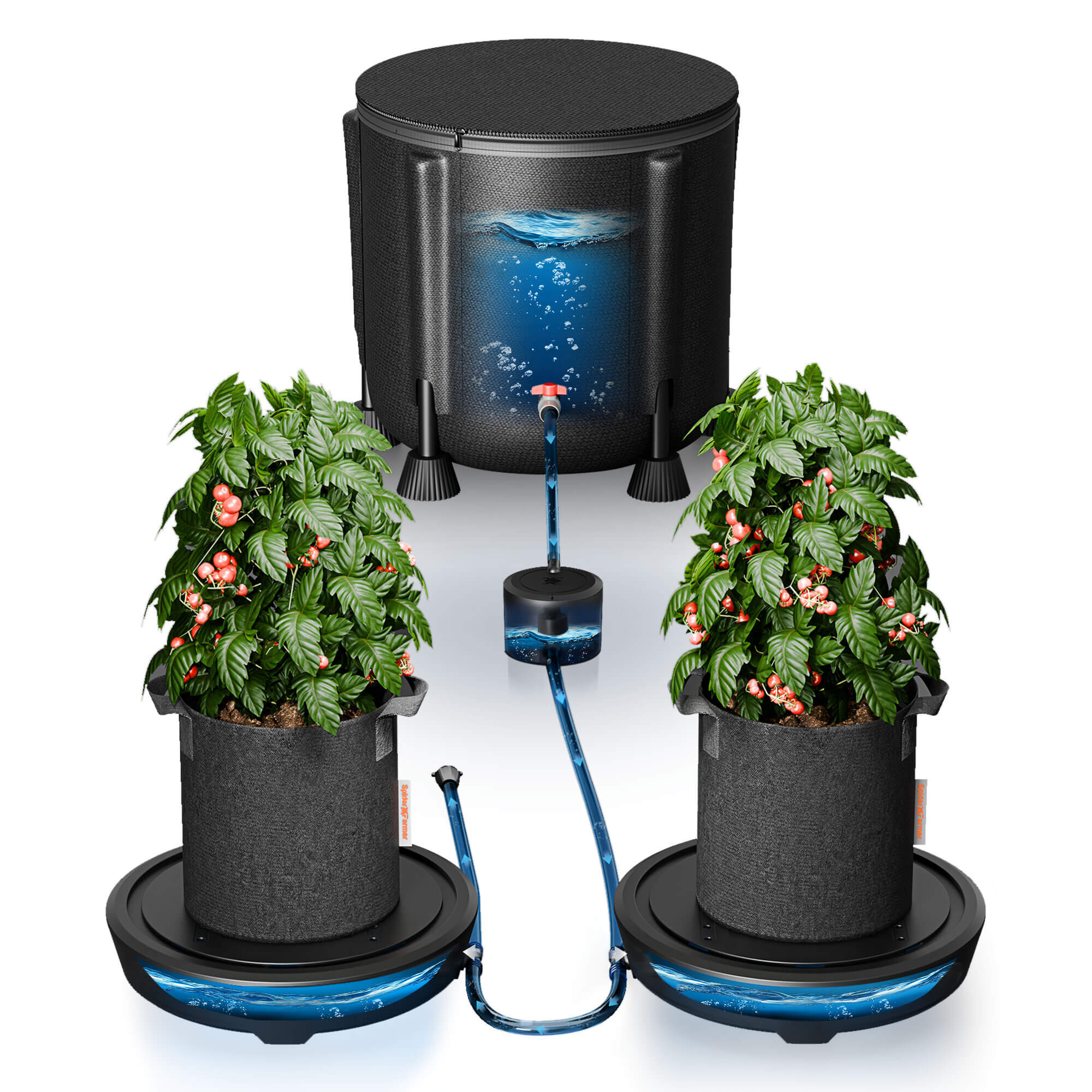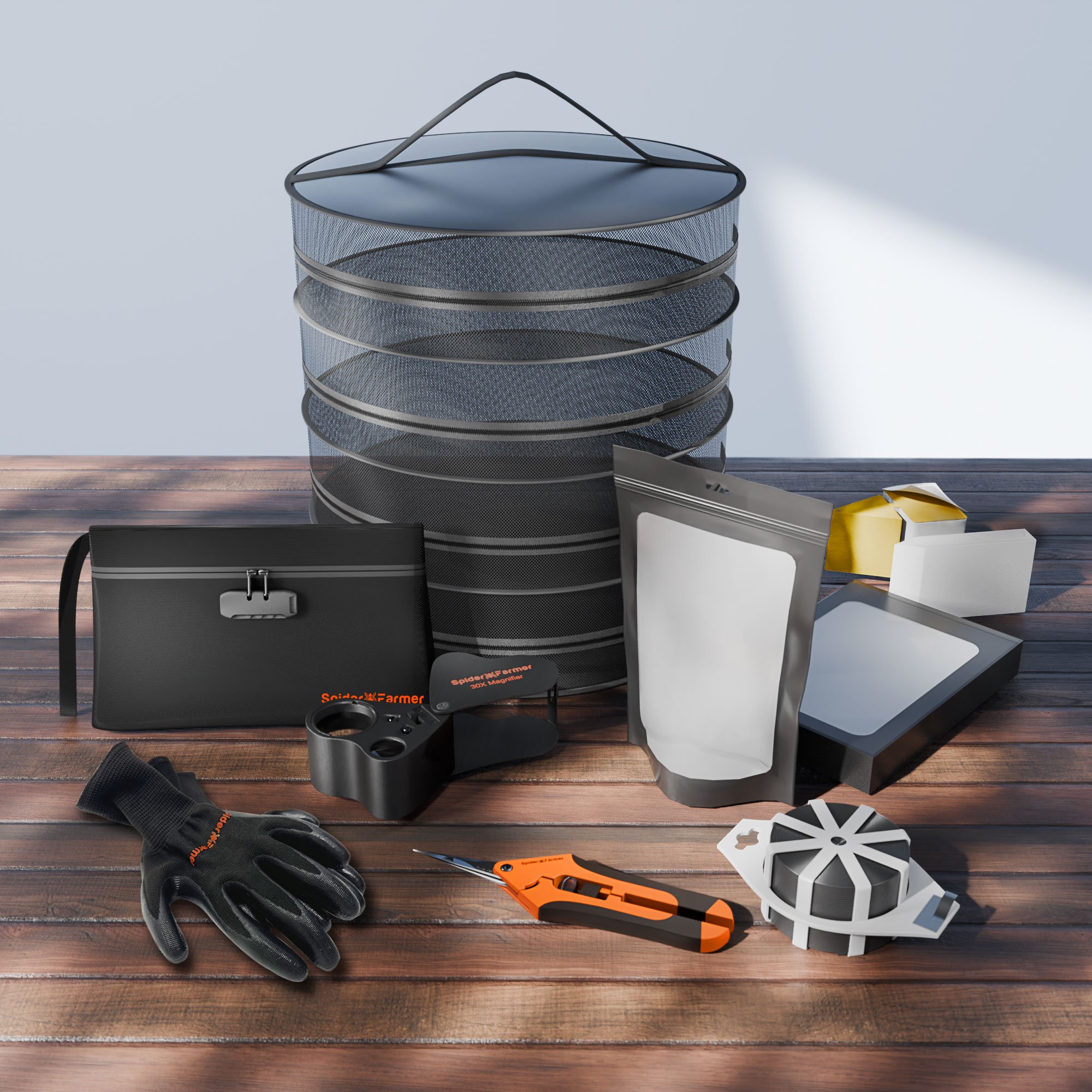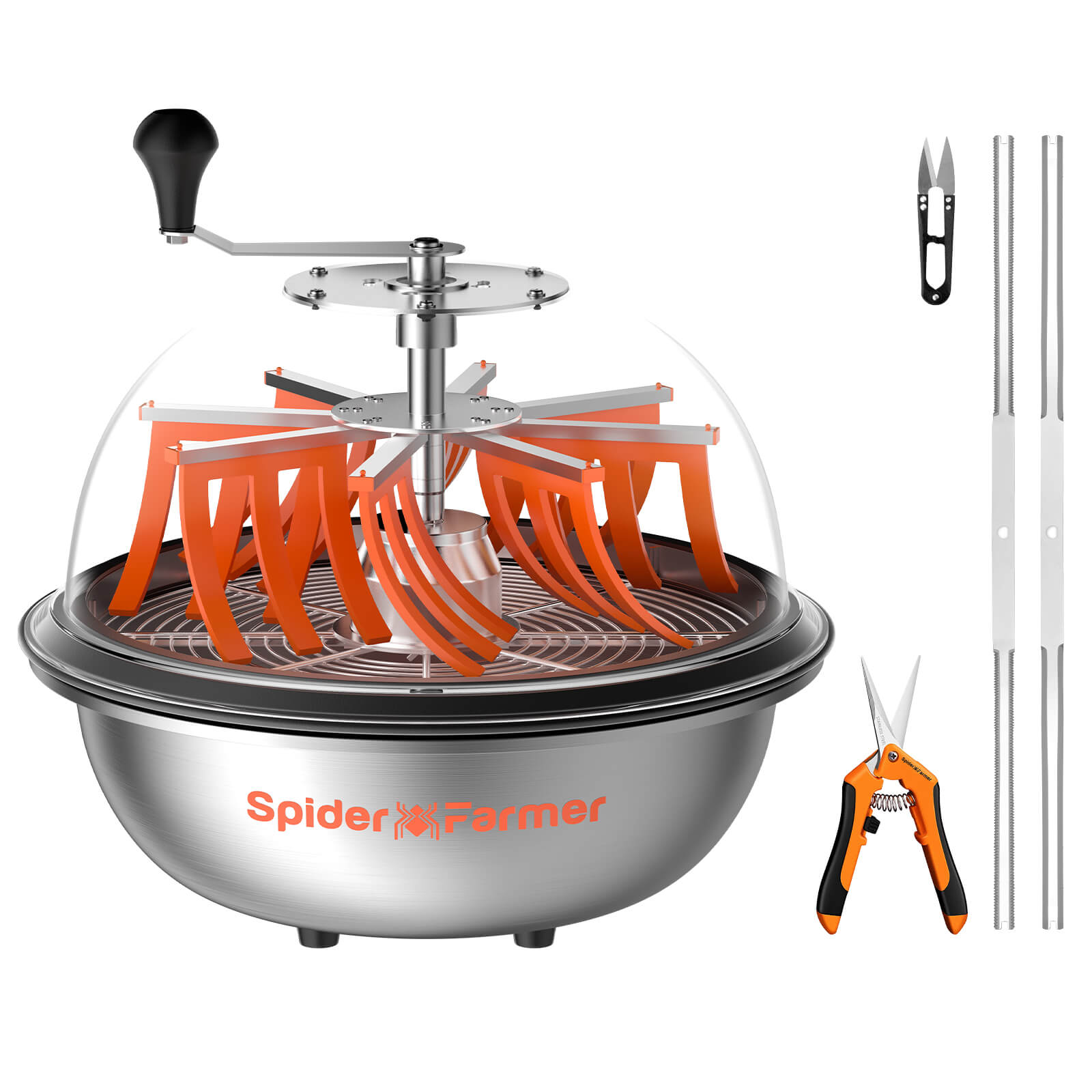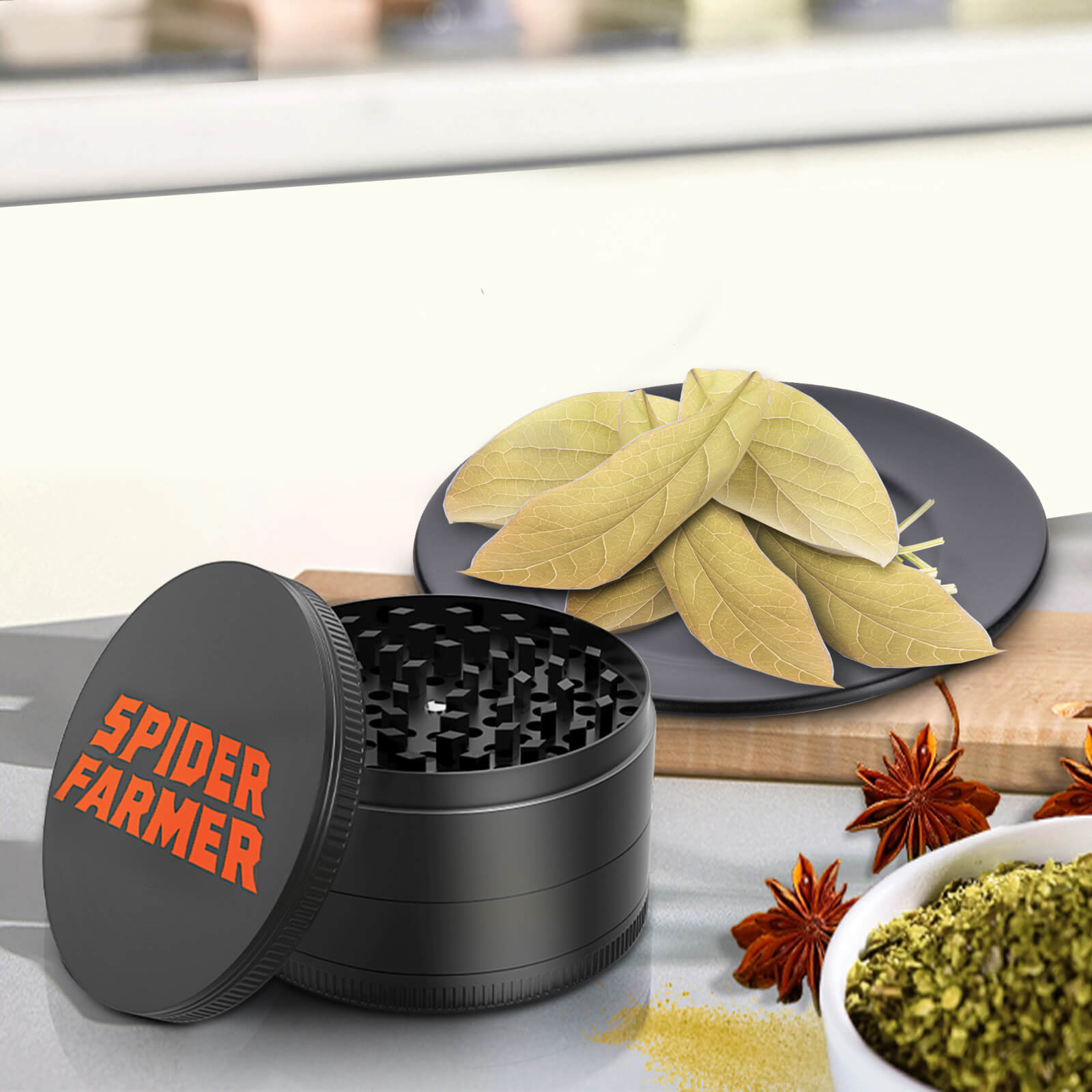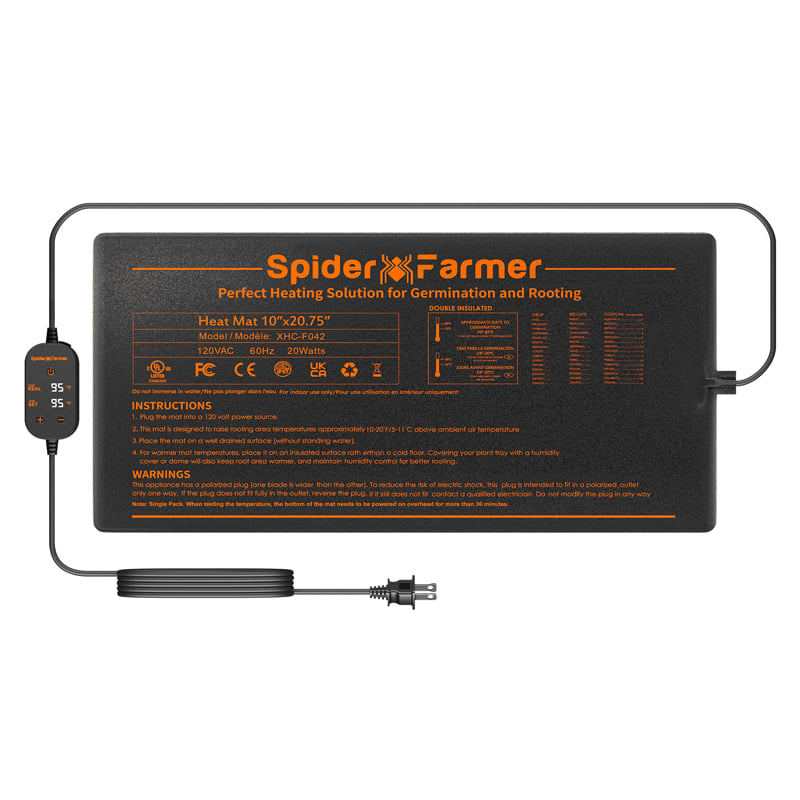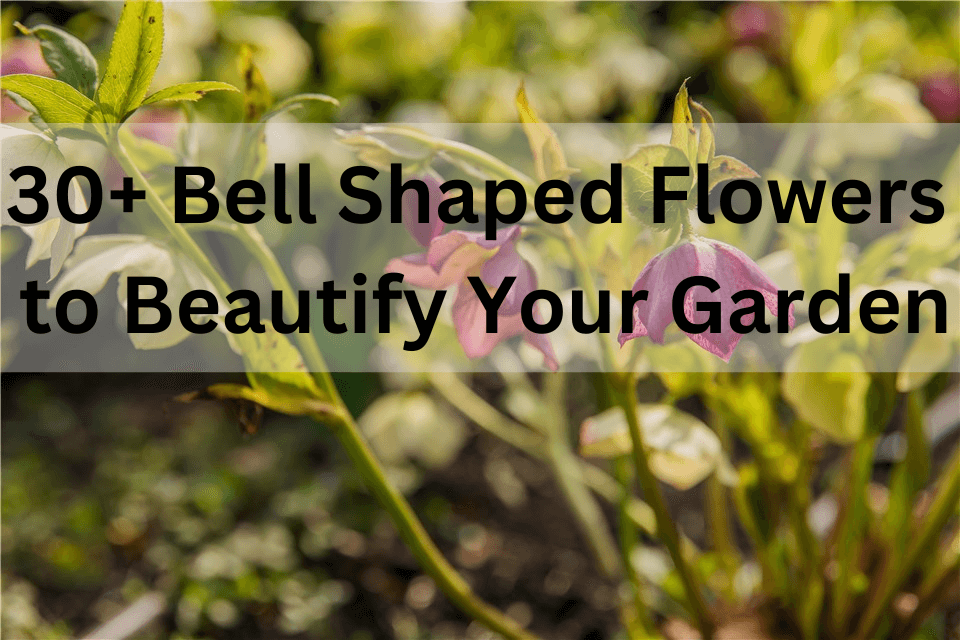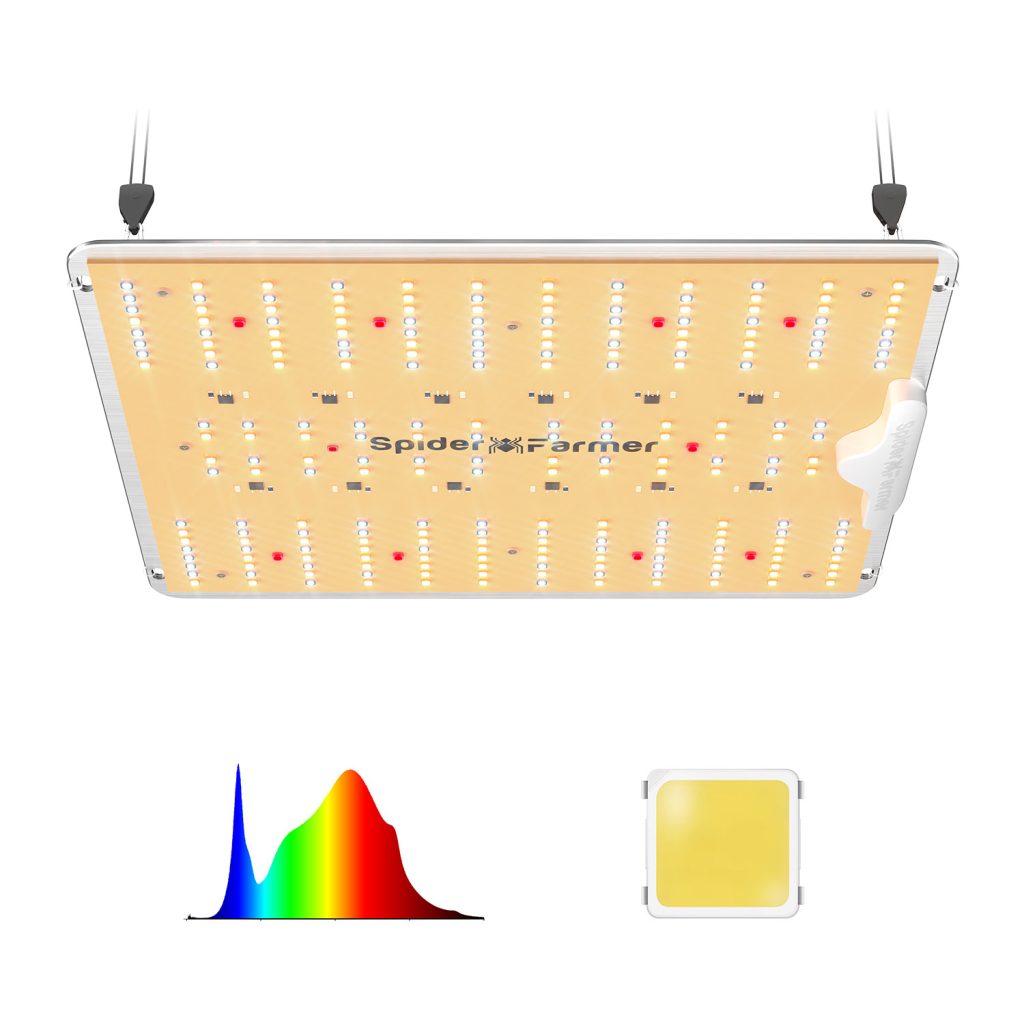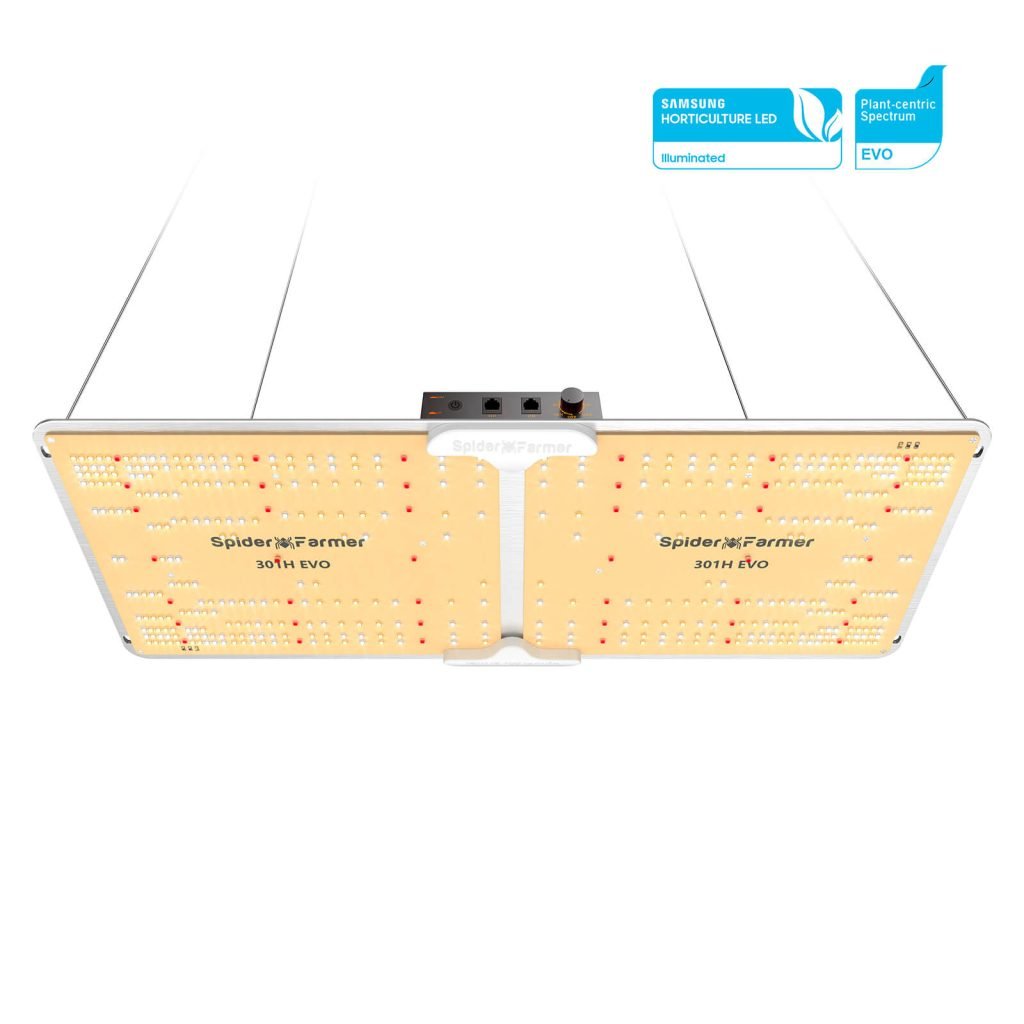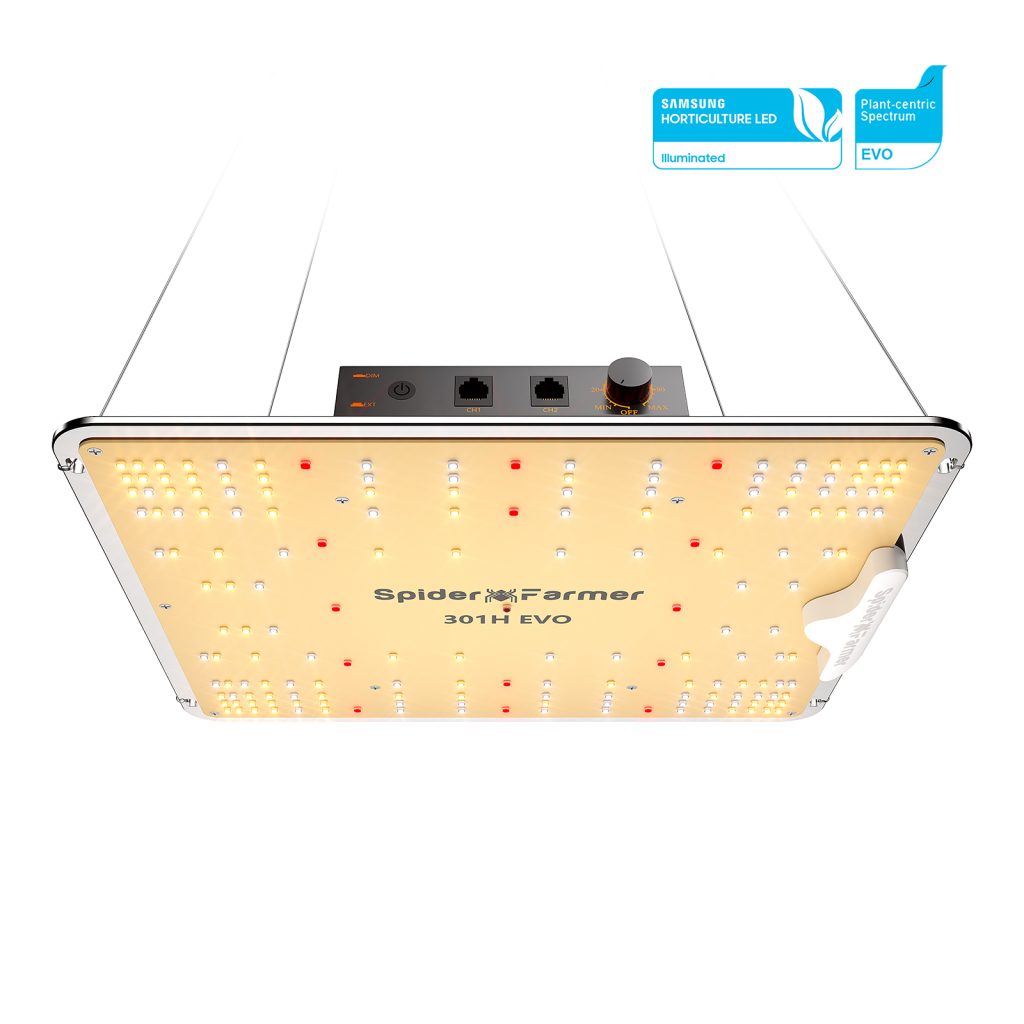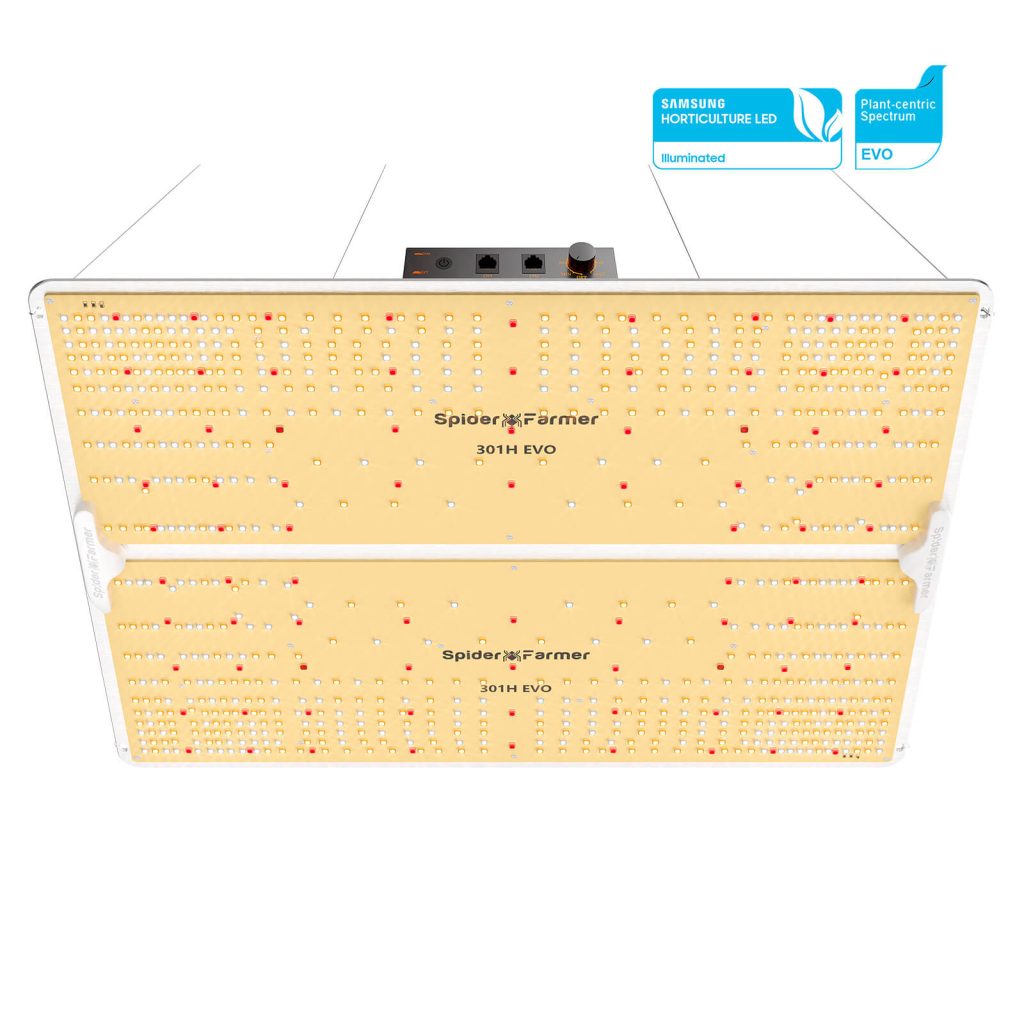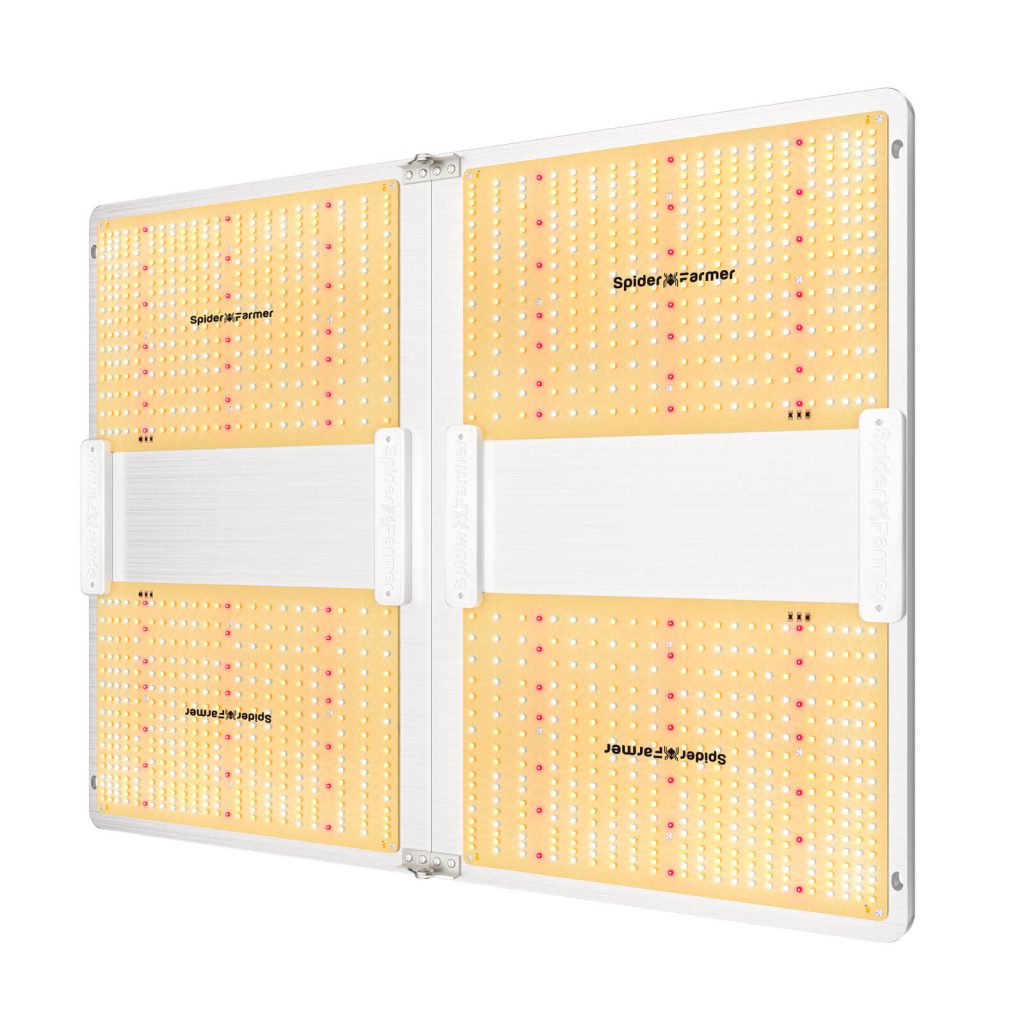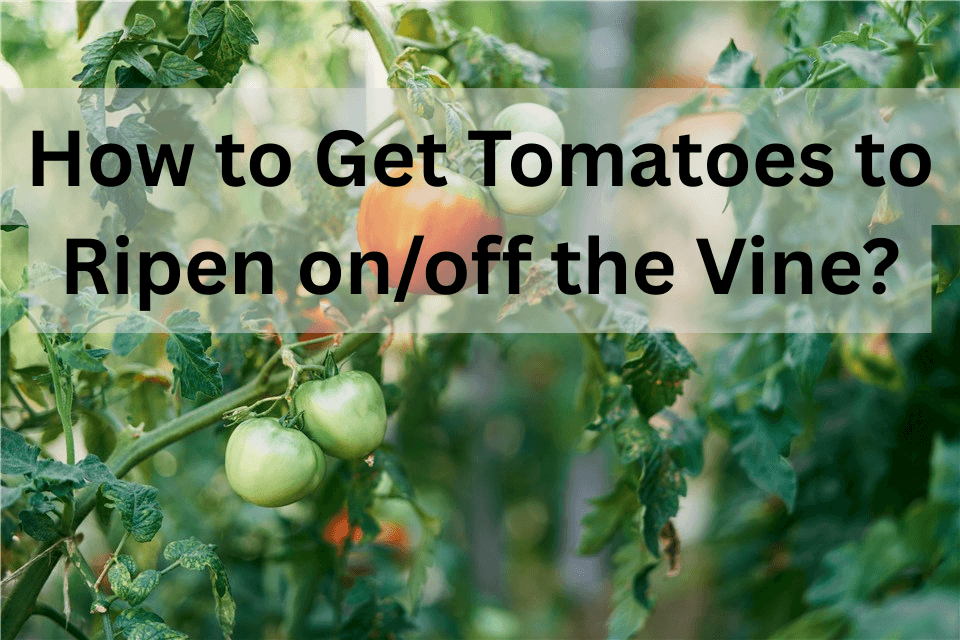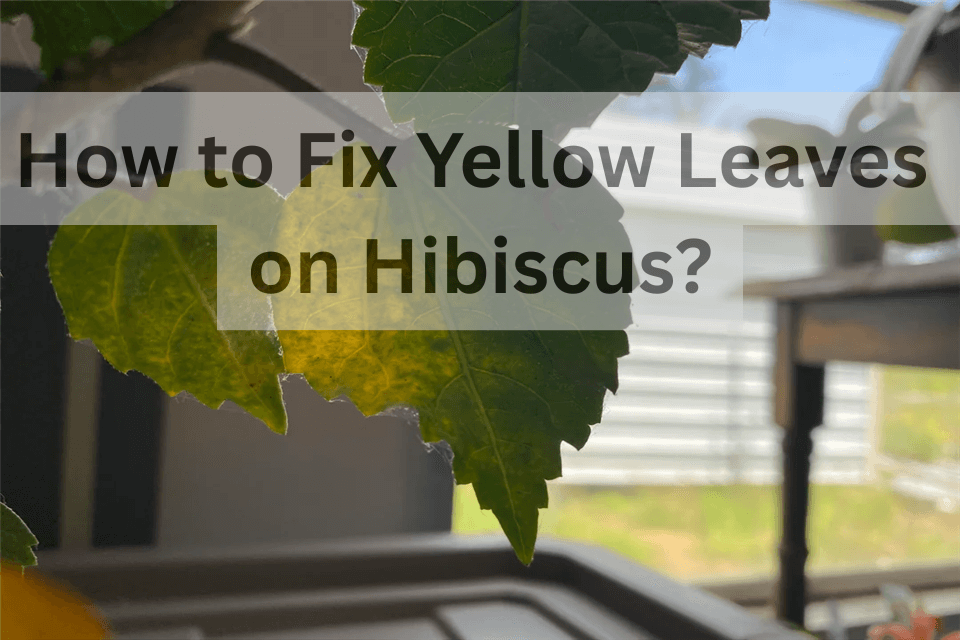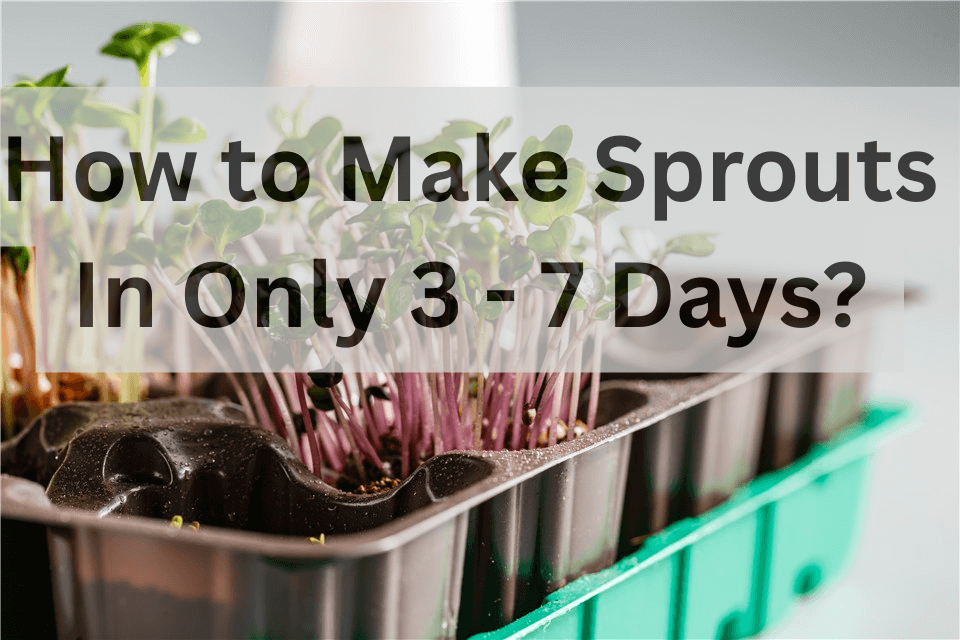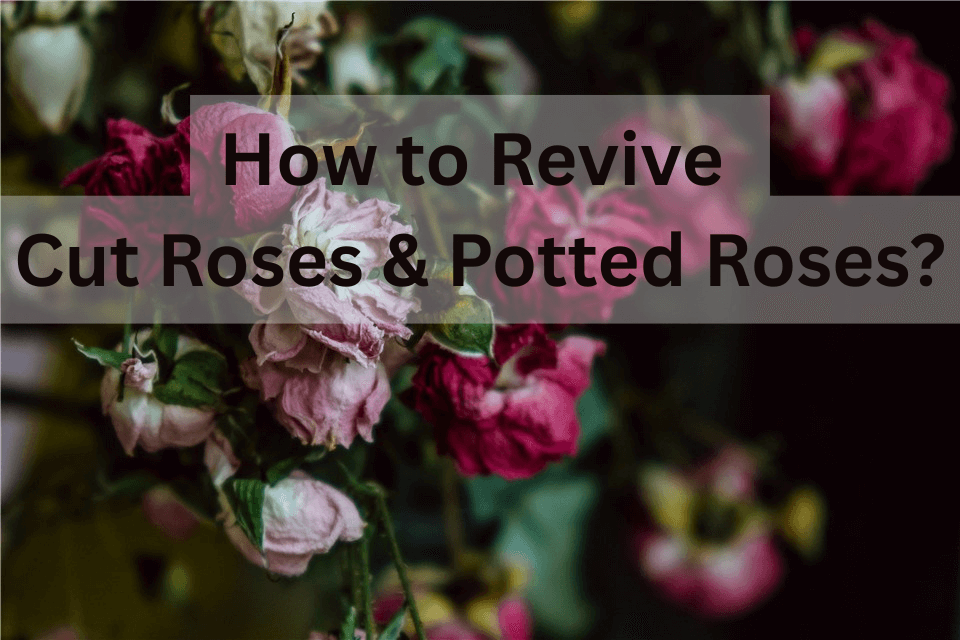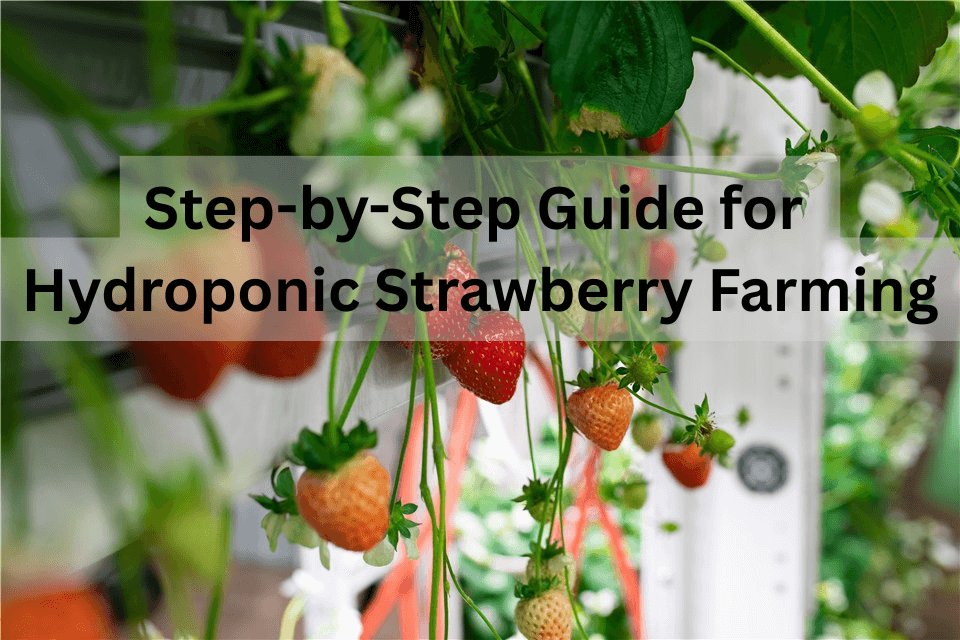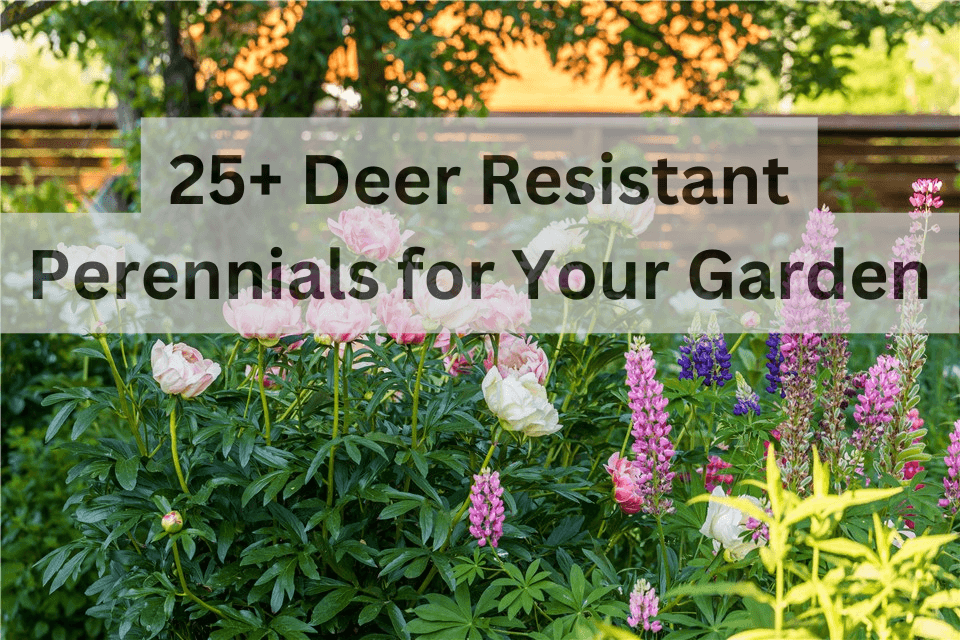Bell-shaped flowers with their vibrant colors can add a unique charm to your garden. These bell flowers often bloom in a wide variety of species. From the delicate white bell-shaped flowers to the vivid purple flowers that look like bells, bell-shaped flowers create stunning visual displays that attract both pollinators and admirers alike.
Whether you’re going to enhance a cottage garden, build a vertical gardening, fill a woodland area, or add interest to your landscape, exploring the diverse world of bell-shaped flowers can inspire your gardening journey.
In this article, we’ll delve into 30+ captivating bell-shaped flowers across the color spectrum. From white bell-shaped flowers to yellow bell-shaped flowers, we'll highlight their unique features, growing conditions, and tips for incorporating them into your outdoor spaces.
Table of Contents
White Bell Shaped Flowers
Lily of the Valley (Convallaria majalis)
Lily of the Valley is a beloved perennial known for its delicate, fragrant white flowers that hang like tiny bells from arching stems. Blooming in spring, this plant thrives in shaded woodland areas and is often found in gardens for its charming appearance and sweet scent. With its heart-shaped green leaves and graceful blooms, Lily of the Valley not only adds beauty to landscapes but also symbolizes humility and the return of happiness. Though it is a popular choice for ornamental gardens, it's important to note that all parts of the plant are toxic if ingested, making it essential to plant it in areas away from pets and small children.
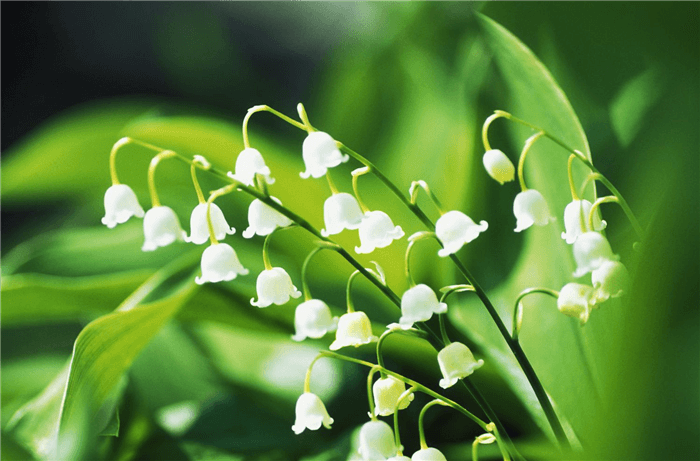
White Bell Shaped Flower - Lily of the Valley
Snowdrop (Galanthus nivalis)
Snowdrop is a charming perennial that heralds the arrival of spring, often blooming as early as February, sometimes even poking through the snow. This small plant features delicate, nodding white flowers that resemble teardrops, hanging from slender green stems. Snowdrops thrive in well-drained soil and prefer partially shaded areas, making them ideal for woodland gardens and borders. Their early blooms are not only a beautiful sight after winter but also an important source of nectar for pollinators like bees. Additionally, these flowers are known for their resilience, often naturalizing and forming lovely carpets of white in gardens. While they are enchanting, it's worth noting that snowdrops are mildly toxic if ingested, so care should be taken when planting them in areas frequented by pets or children.
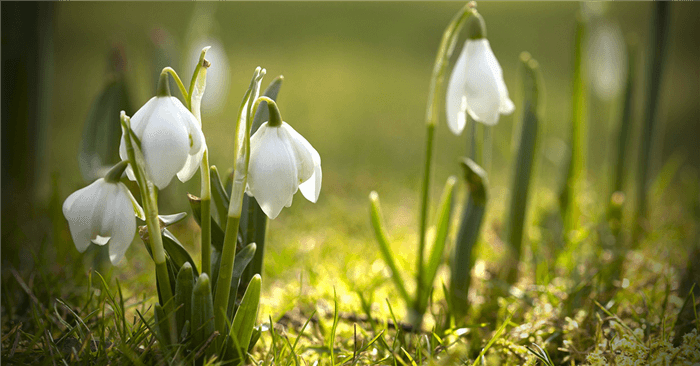
White Bell Shaped Flower - Snowdrop
White Campanula (Campanula poscharskyana)
White Campanula, commonly known as Serbian bellflower, is a delightful perennial characterized by its profusion of small, star-shaped white flowers that dangle gracefully from trailing stems. Blooming from late spring to early summer, this plant adds a touch of elegance to gardens and is ideal for rock gardens, borders, or as ground cover. The lush, green foliage provides a beautiful backdrop for the delicate blooms, which attract pollinators such as bees and butterflies. White Campanula is known for its adaptability and resilience, thriving in various soil types as long as there is good drainage. Its charming appearance and ease of care make it a popular choice for gardeners looking to create a serene and inviting landscape.
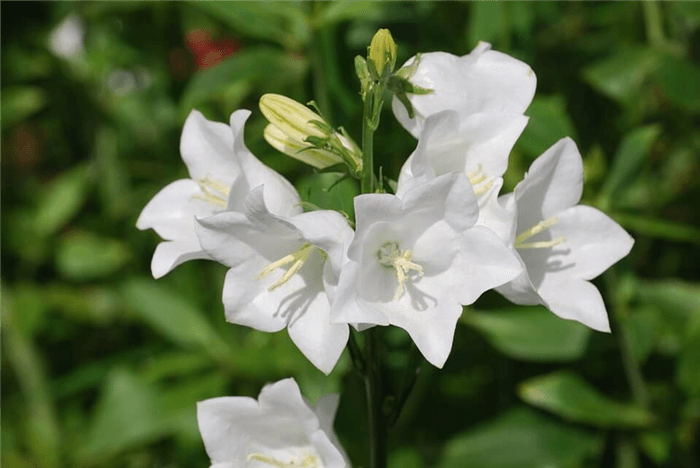
White Bell Shaped Flower - White Campanula
Freesia (Freesia spp.)
Freesia is a highly aromatic and vibrant flowering plant known for its stunning, tubular blooms that come in a variety of colors, including white, yellow, pink, and purple. Originating from South Africa, these perennials are particularly prized for their delightful fragrance and are often used in floral arrangements and gardens alike. Freesias typically bloom in spring and early summer, producing clusters of flowers atop slender, upright stems. They thrive best in well-drained soil and prefer full sun to partial shade, making them versatile for various garden settings. Freesias are also known for their ability to attract pollinators, such as bees and butterflies, adding to the biodiversity of the garden. With their captivating scent and beautiful blooms, Freesias are a favorite among gardeners and florists alike, bringing a cheerful and fragrant touch to any space.
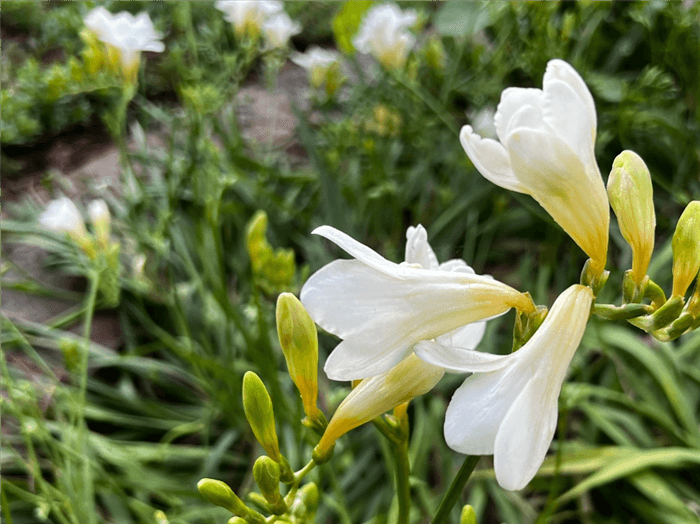
White Bell Shaped Flower - Freesia
White Bluebell (Hyacinthoides non-scripta)
White Bluebell is a charming wildflower that is a variation of the more commonly known bluebell. This perennial plant features delicate, drooping, bell-shaped flowers that bloom in clusters, creating a stunning display in woodlands during the spring. The white version of the bluebell adds a unique touch to gardens, offering a serene contrast to the typical blue hues. White bluebells thrive in moist, shaded areas and are often found in naturalized settings, making them excellent for woodland gardens and borders. Their lovely fragrance and attractive appearance not only enhance the beauty of the landscape but also attract pollinators like bees. As a symbol of humility and gratitude, the white bluebell is a delightful addition to any garden, bringing a touch of elegance and a reminder of nature's beauty.

White Bell Shaped Flower - White Bluebell
White Bellflower (Campanula lactiflora)
White Bellflower is a stunning perennial known for its tall, graceful spikes adorned with clusters of elegant, white, bell-shaped flowers. Blooming in mid-summer, this variety adds a touch of sophistication to garden borders and cottage gardens, reaching heights of up to three feet. The flowers are not only visually appealing but also attract a variety of pollinators, including bees and butterflies. White Bellflower thrives in well-drained soil and prefers full sun to partial shade, making it versatile for different garden settings. Its sturdy stems make it an excellent cut flower for arrangements, allowing gardeners to enjoy its beauty both indoors and outdoors. With its charming appearance and ease of care, White Bellflower is a beloved choice for those looking to enhance their garden with elegant blooms.
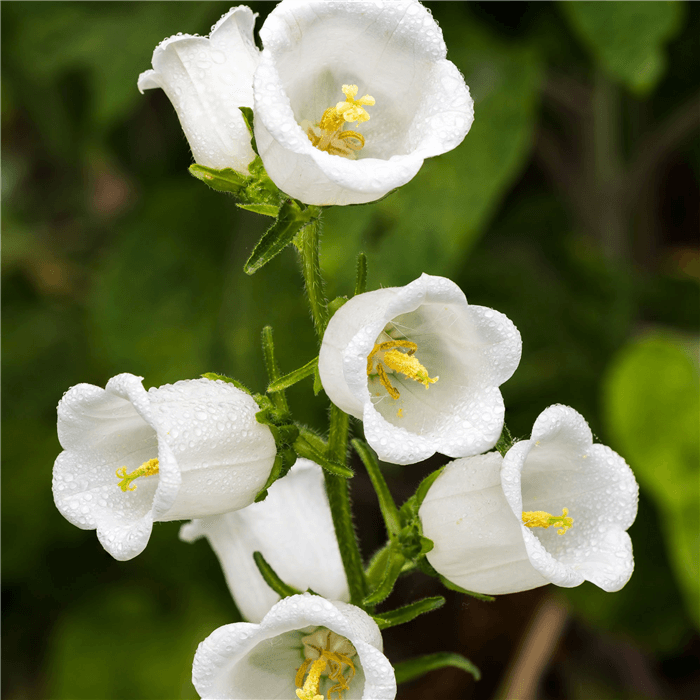
White Bell Shaped Flower - White Bellflower
White Bleeding Heart (Dicentra spectabilis ‘Alba’)
White Bleeding Heart is a captivating perennial known for its unique, heart-shaped flowers that hang gracefully from arching stems. This striking variety features pure white blooms, adding a touch of elegance and charm to shaded gardens and woodland settings. Typically blooming in late spring to early summer, the flowers create a beautiful contrast against the lush, fern-like foliage. White Bleeding Heart thrives in rich, well-drained soil and prefers partial to full shade, making it an ideal choice for shaded areas where other plants may struggle. Its enchanting appearance and romantic symbolism make it a favorite for cottage gardens and flower borders. Additionally, while the plant is beloved for its beauty, it's important to note that all parts of the plant are toxic if ingested, so care should be taken in gardens frequented by pets or children.
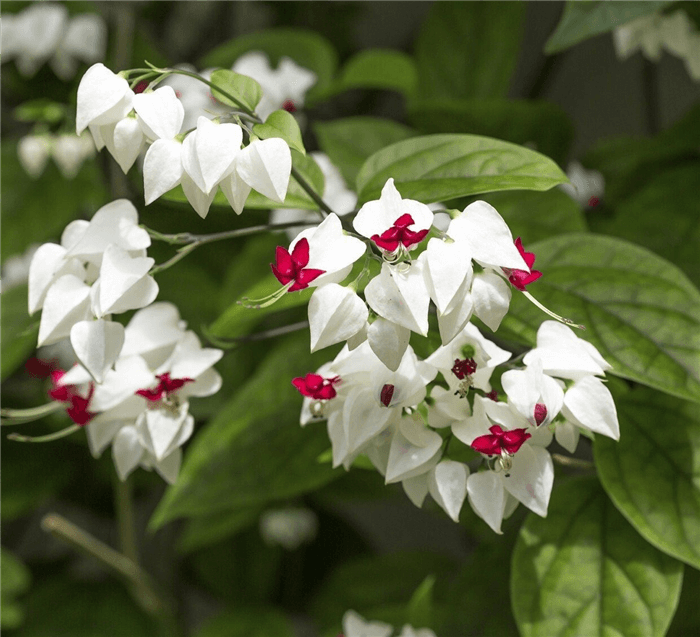
White Bell Shaped Flower - White Bleeding Heart
White Hyacinth (Hyacinthus orientalis)
White Hyacinth is a stunning spring-flowering bulb known for its dense clusters of fragrant, bell-shaped flowers. Typically blooming between March and April, these blossoms emit a sweet and captivating scent that fills the air, making them a favorite for gardens and floral arrangements alike. White hyacinths feature a pure, clean color that adds elegance and brightness to any landscape, often used to create striking contrasts with other colorful flowers. They thrive in well-drained soil and prefer full sun to partial shade, making them versatile for various garden settings. In addition to their beauty, hyacinths are also popular for their ability to attract pollinators, such as bees. With their lush blooms and delightful fragrance, White Hyacinths bring a charming and romantic touch to spring gardens, symbolizing rebirth and beauty.
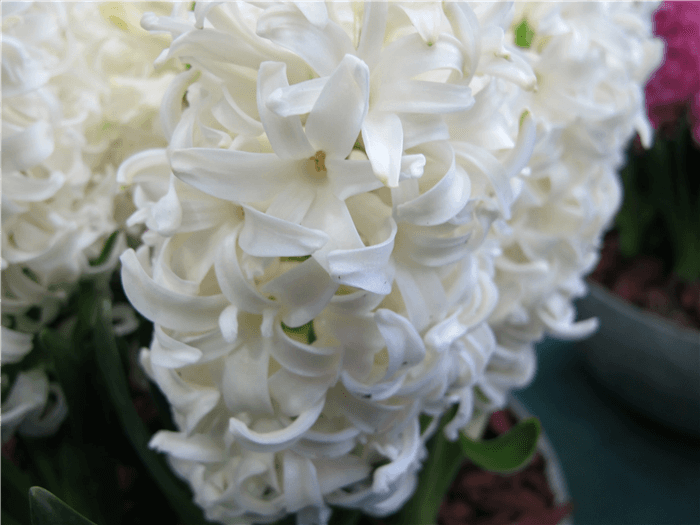
White Bell Shaped Flower - White Hyacinth
Purple Bell Shaped Flowers
Purple Campanula (Campanula medium)
Purple Campanula, commonly known as the Canterbury bell, is a biennial plant celebrated for its striking, large, purple, bell-shaped flowers that bloom in stunning clusters. Typically reaching heights of 2 to 3 feet, this plant adds a vertical element to garden beds and borders, making it an eye-catching feature in cottage gardens and mixed plantings. The blooms appear in late spring to early summer and are known for their charming, nodding appearance, which attracts a variety of pollinators, including bees and butterflies. Purple Campanula thrives in well-drained soil and prefers full sun to partial shade, making it adaptable to different garden conditions. Additionally, its tall, sturdy stems make it an excellent choice for cut flower arrangements, allowing gardeners to enjoy its beauty indoors as well. With its vibrant color and graceful form, Purple Campanula is a delightful addition to any garden, bringing a touch of whimsy and elegance.
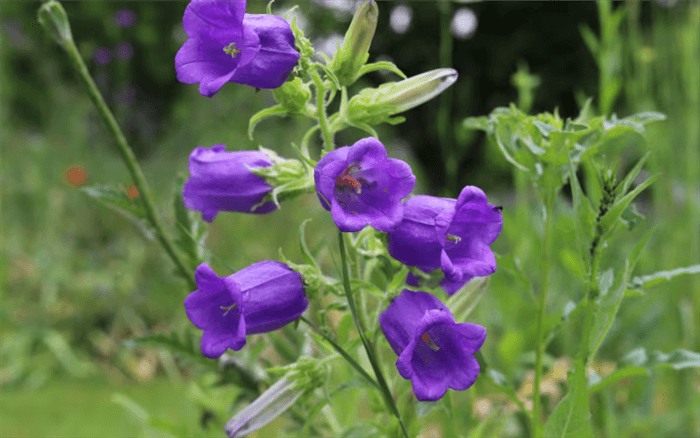
Purple Bell Shaped Flower - Purple Campanula
Bellflower (Campanula carpatica)
Bellflower, commonly known as the Carpathian bellflower, is a charming perennial that features beautiful, star-shaped flowers in shades of blue, purple, and white. This hardy plant typically blooms from late spring to early summer, producing clusters of bell-shaped blossoms that attract pollinators like bees and butterflies. Reaching heights of about 12 to 18 inches, Bellflower is an excellent choice for borders, rock gardens, and containers, providing a lovely ground cover that thrives in well-drained soil. It prefers full sun to partial shade, making it versatile for various garden settings. With its delightful blooms and low maintenance requirements, Campanula carpatica adds a touch of beauty and charm, making it a favorite among gardeners looking to enhance their landscapes with cheerful, resilient flowers.

Purple Bell Shaped Flower - Bellflower
Foxglove (Digitalis purpurea)
Foxglove is a striking biennial plant known for its tall spikes adorned with tubular flowers that come in a range of colors, including shades of purple, pink, white, and yellow. Typically reaching heights of 3 to 5 feet, this majestic flower blooms in late spring to early summer, creating a dramatic vertical element in gardens. The bell-shaped flowers are not only visually stunning but also attract a variety of pollinators, including bees and hummingbirds. Foxglove thrives in well-drained soil and prefers partial shade, making it suitable for woodland gardens and cottage-style landscapes. While it is cherished for its beauty, it's important to note that all parts of the plant are toxic if ingested, so caution is advised in gardens frequented by pets and children. With its enchanting appearance and ability to create a vibrant display, Foxglove is a favorite among gardeners seeking to add height and color to their landscapes.
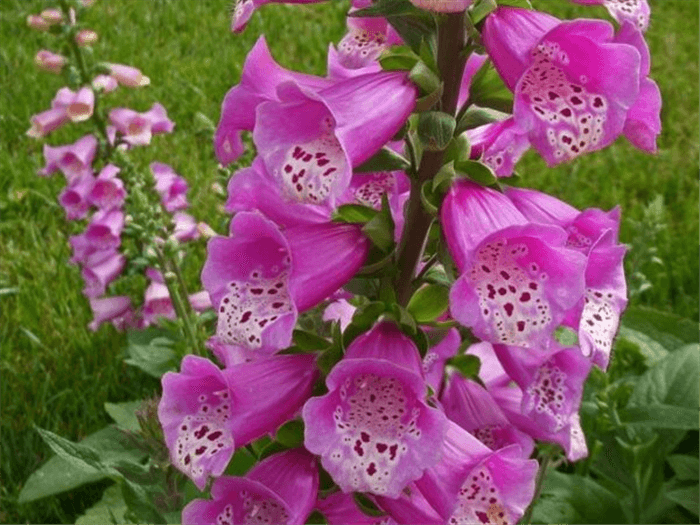
Purple Bell Shaped Flower - Foxglove
Chinese Lantern (Physalis alkekengi)
Chinese Lantern is a unique and visually striking perennial known for its distinctive, lantern-like husks that envelop bright orange berries. These vibrant, papery casings give the plant its name and create a captivating display in late summer and autumn. The Chinese Lantern typically grows to about 2 to 3 feet in height and features small white flowers in late spring, which develop into characteristic lanterns as the season progresses. Thriving in well-drained soil with full sun to partial shade, this plant is popular for borders, cottage gardens, and as a dried flower in arrangements. While the lanterns are visually appealing, it's important to note that the berries are toxic if ingested. With its bold color and unique structure, the Chinese Lantern adds a whimsical touch to gardens, making it a favorite for those seeking unusual and eye-catching plants.
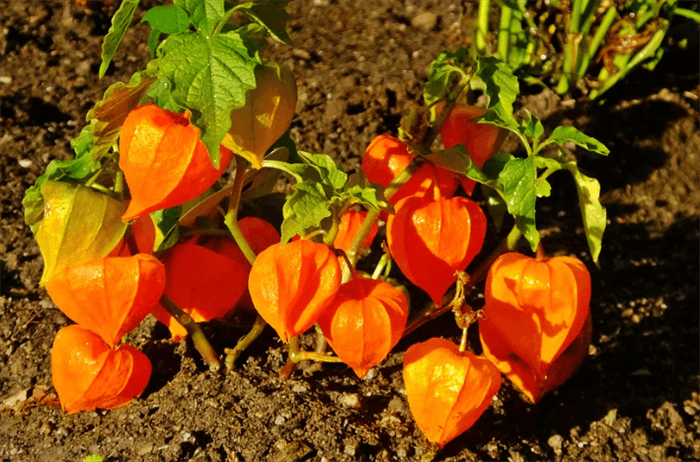
Purple Bell Shaped Flower - Chinese Lantern
Heather (Calluna vulgaris)
Heather is a hardy evergreen shrub known for its abundant, small flowers and delicate foliage, which adds vibrant color to gardens throughout the year. Typically found in shades of purple, pink, and white, the bell-shaped flowers bloom from late summer to fall, creating a stunning display that attracts bees and other pollinators. Heather thrives in acidic, well-drained soils and prefers full sun, making it an excellent choice for rock gardens, borders, and naturalized areas. Its low-growing habit and dense growth make it ideal for ground cover, helping to suppress weeds while providing a lush carpet of color. Additionally, Heather's foliage can take on a bronze or reddish hue in winter, adding visual interest even in colder months. With its beauty and resilience, Heather is a beloved choice for gardeners looking to create a picturesque, low-maintenance landscape.
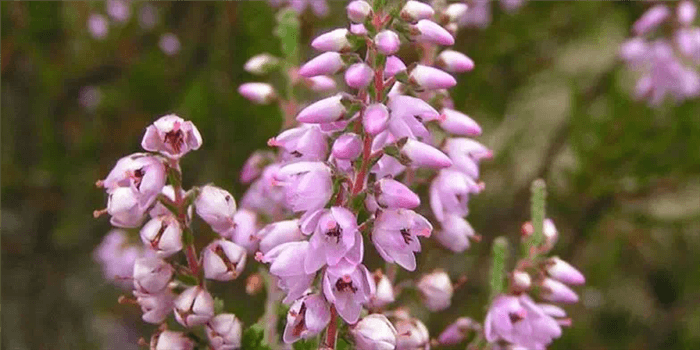
Purple Bell Shaped Flower - Heather
Purple Hyacinth (Hyacinthus orientalis)
Purple Hyacinth is a stunning spring-flowering bulb known for its dense clusters of fragrant, bell-shaped flowers that bloom in vibrant shades of purple. Typically blossoming in March and April, these beautiful flowers emit a sweet, captivating scent that fills the air, making them a popular choice for gardens and floral arrangements alike. Hyacinths thrive in well-drained soil and prefer full sun to partial shade, making them versatile for various garden settings. Their rich color and luxurious fragrance not only enhance the aesthetic appeal of outdoor spaces but also attract pollinators such as bees. With their striking appearance and delightful aroma, Purple Hyacinths are a favorite among gardeners, symbolizing rebirth and beauty and bringing a cheerful touch to spring gardens.
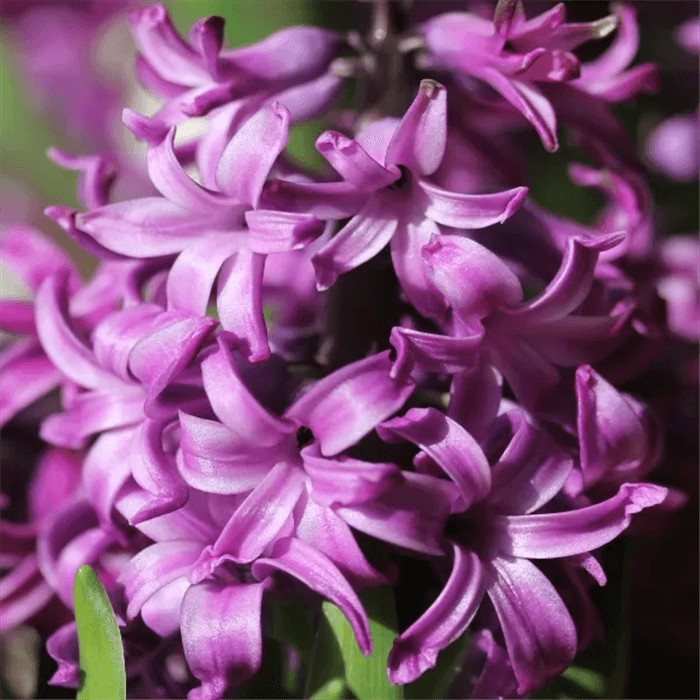
Purple Bell Shaped Flower - Purple Hyacinth
Pink Bell Shaped Flowers
Pink Campanula (Campanula lactiflora)
Pink Campanula, commonly known as the white bellflower, is a charming perennial that features elegant, nodding pink flowers arranged in clusters atop tall, slender stems. Blooming from late spring to early summer, this variety adds a soft, romantic touch to gardens, reaching heights of 2 to 4 feet. The bell-shaped flowers are not only visually appealing but also attract various pollinators, including bees and butterflies. Pink Campanula thrives in well-drained soil and prefers full sun to partial shade, making it adaptable to different garden conditions. Its sturdy stems make it an excellent choice for cut flower arrangements, allowing gardeners to enjoy its beauty both indoors and outdoors. With its delightful blooms and graceful form, Pink Campanula is a beloved addition to any garden, bringing elegance and charm to flower beds and borders.
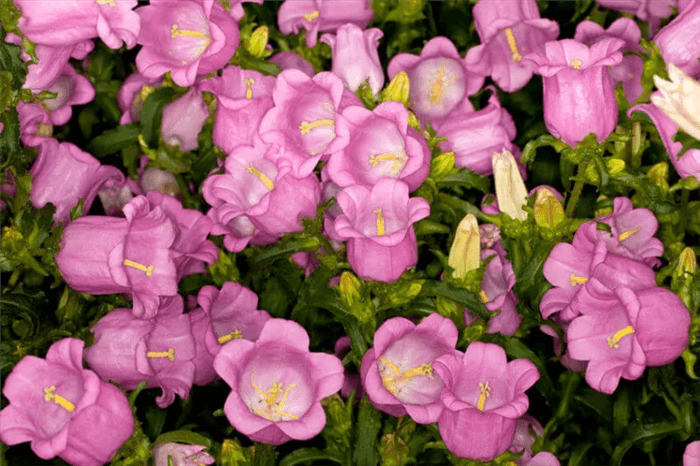
Pink Bell Shaped Flower - Carpatica Pink
Japanese Bellflower (Campanula punctata)
Japanese Bellflower is a lovely perennial known for its distinctive, bell-shaped flowers that hang gracefully from arching stems. Native to East Asia, this plant typically blooms in mid to late summer, producing clusters of pink or white flowers with charming speckled patterns. The blooms attract pollinators, such as bees and butterflies, making it a favorite in wildlife gardens. Japanese Bellflower thrives in well-drained soil and prefers partial shade, making it an excellent choice for woodland gardens or shaded borders. Its lush green foliage provides an attractive backdrop for the delicate flowers, creating a beautiful display throughout the growing season. With its enchanting appearance and ability to naturalize, Campanula punctata is a delightful addition to any garden, bringing a touch of elegance and whimsy.
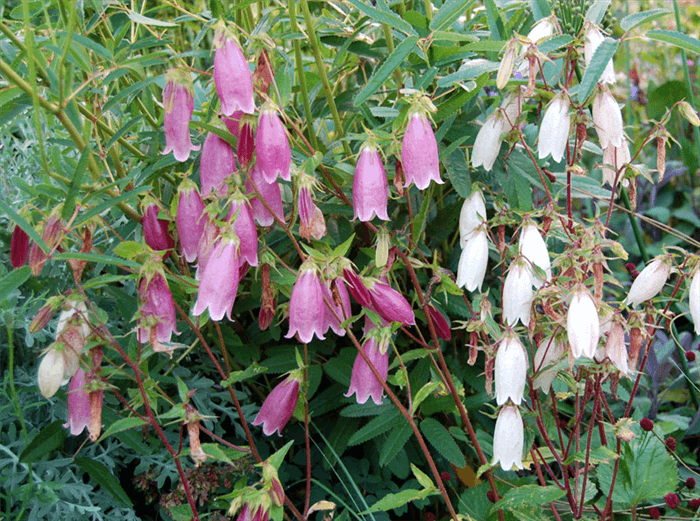
Pink Bell Shaped Flower - Japanese Bellflower
Fuchsia (Fuchsia spp.)
Fuchsia is a vibrant and versatile flowering plant known for its striking, pendulous blooms that come in a range of colors, including pink, purple, red, and white. These charming flowers are characterized by their unique tubular shape, which attracts hummingbirds and bees, making them a favorite among pollinators. Fuchsias thrive in cooler climates and prefer partial shade and well-drained soil, making them ideal for hanging baskets, containers, and shaded garden spots. With their graceful, trailing growth habit, they add a splash of color and elegance to any garden setting. Additionally, Fuchsia plants are often used in landscaping to create dramatic displays, cascading over walls or spilling from containers. With their enchanting blooms and ability to thrive in various environments, Fuchsias are beloved by gardeners looking to create a lively and colorful outdoor space.
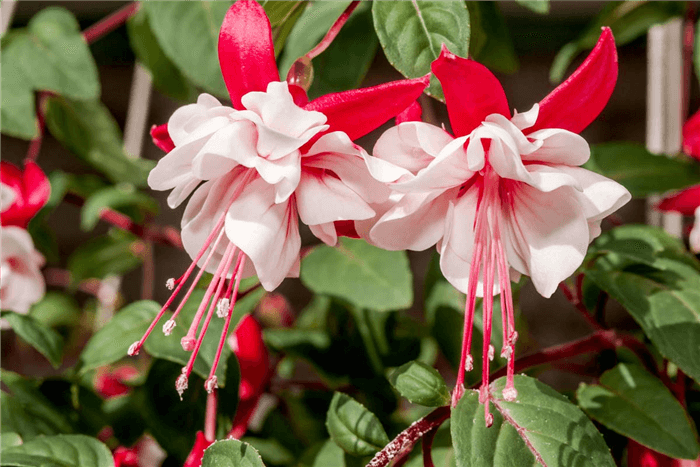
Pink Bell Shaped Flower - Fuchsia
Pink Foxglove (Digitalis purpurea)
Pink Foxglove is a striking biennial plant celebrated for its tall, spiky flower spikes adorned with tubular, bell-shaped blooms that typically range from soft pink to deep purple. Blooming in late spring to early summer, these flowers create a stunning vertical display in gardens and attract a variety of pollinators, including bees and hummingbirds. Foxgloves thrive in well-drained soil and prefer partial shade, making them suitable for woodland gardens and cottage-style landscapes. The plant's lush green foliage forms a rosette at the base, enhancing its visual appeal. While beautiful, it's important to note that all parts of the Foxglove plant are toxic if ingested, so caution should be exercised in gardens frequented by pets and children. With their enchanting appearance and ability to create dramatic effects, Pink Foxgloves are a favorite among gardeners looking to add height and color to their landscapes.
Pink Lily of the Valley (Convallaria majalis)
Pink Lily of the Valley is a delightful variation of the classic white Lily of the Valley, known for its charming, fragrant pink bell-shaped flowers that dangle delicately from arching stems. Blooming in late spring, these enchanting flowers add a touch of elegance and a unique hue to shaded gardens and woodland settings. The plant thrives in rich, well-drained soil and prefers partial to full shade, making it ideal for creating serene garden spaces. With its lush green foliage providing a beautiful backdrop, Pink Lily of the Valley not only enhances the visual appeal of the landscape but also attracts pollinators such as bees. While the flowers are beloved for their beauty and fragrance, it's important to note that all parts of the plant are toxic if ingested, so care should be taken in gardens frequented by pets and children. With its enchanting blooms and sweet scent, Pink Lily of the Valley is a cherished addition to any garden.
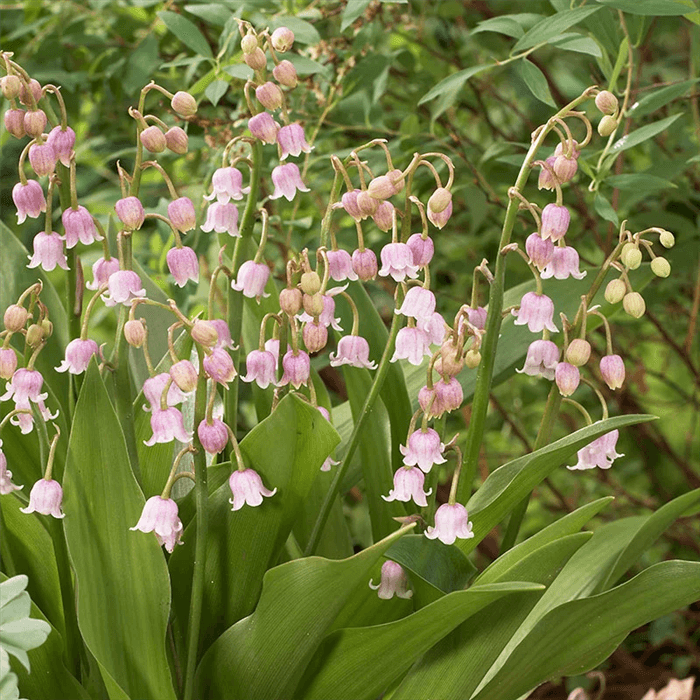
Pink Bell Shaped Flower - Pink Lily of the Valley
Bellflower (Campanula carpatica ‘Pink‘)
Bellflower is a charming perennial known for its delightful, cup-shaped pink flowers that bloom profusely throughout the summer. This variety, commonly referred to as the Carpathian bellflower, typically reaches heights of 12 to 18 inches and is perfect for borders, rock gardens, and containers. The bell-shaped blooms attract pollinators such as bees and butterflies, adding life to the garden. Thriving in well-drained soil, this plant prefers full sun to partial shade, making it adaptable to various growing conditions. Its compact growth habit and vibrant color make it an excellent choice for creating cheerful displays in garden beds. With its enchanting appearance and resilience, Pink Bellflower is a favorite among gardeners looking to enhance their outdoor spaces with lovely, low-maintenance blooms.
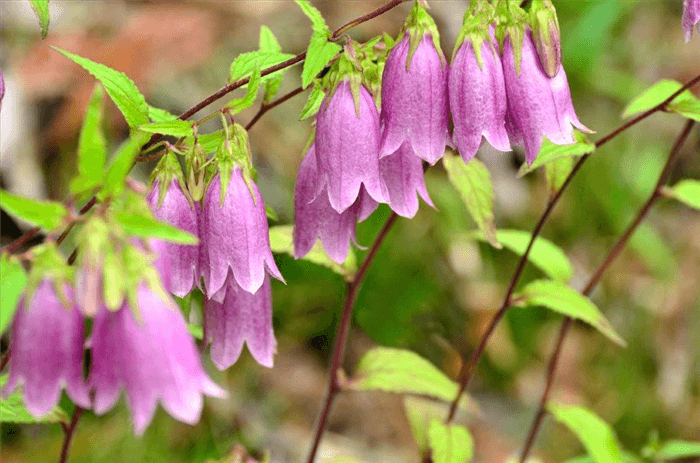
Pink Bell Shaped Flower - Bellflower
Blue Bell Shaped Flowers
Bluebell (Hyacinthoides non-scripta)
Bluebell is a beloved native wildflower known for its enchanting, drooping, bell-shaped flowers that create stunning carpets of blue in woodlands during spring. Blooming from April to May, these delicate blooms hang gracefully from tall, slender stems and are often found in shaded areas, adding a touch of magic to the forest floor. Bluebells thrive in moist, well-drained soil and prefer partial to full shade, making them ideal for naturalized gardens and woodland settings. They are not only visually captivating but also attract a variety of pollinators, such as bees and butterflies. In addition to their beauty, bluebells have cultural significance, symbolizing humility and gratitude. With their striking appearance and ability to spread and naturalize, Bluebells are a favorite among gardeners seeking to create serene and picturesque landscapes.
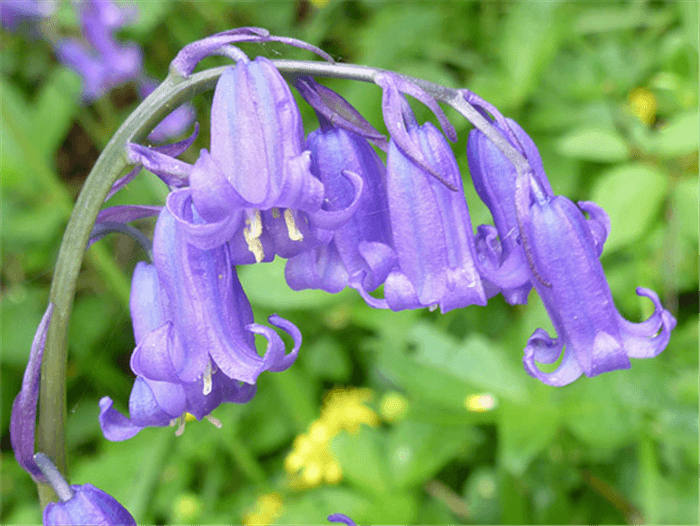
Blue Bell Shaped Flower - Bluebell
Campanula (Campanula rotundifolia)
Campanula, commonly known as the harebell, is a graceful perennial renowned for its delicate, bell-shaped flowers that bloom in shades of blue, purple, and occasionally white. Typically reaching heights of 12 to 18 inches, this charming plant produces slender, wiry stems that sway gently in the breeze, creating a soft and enchanting display in gardens. Blooming from late spring to early summer, harebells thrive in well-drained soil and prefer full sun or partial shade, making them ideal for rock gardens, meadows, and wildflower settings. They are resilient and adaptable, often naturalizing in various environments. With their lovely blooms and ability to attract pollinators like bees and butterflies, Campanula rotundifolia is a favorite among gardeners looking to enhance their landscapes with natural beauty and a touch of whimsy.
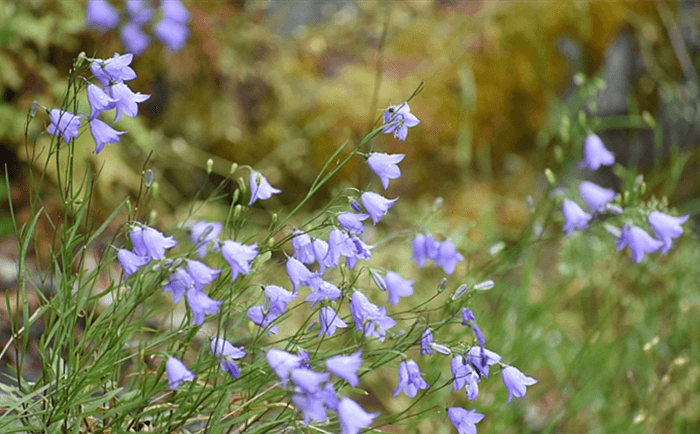
Blue Bell Shaped Flower - Campanula
Bluebell Flowering Onion (Allium caeruleum)
Bluebell Flowering Onion is a striking ornamental plant known for its unique spherical clusters of small, star-like blue flowers that resemble bluebells. Blooming in late spring to early summer, this perennial typically reaches heights of 12 to 18 inches and adds a vibrant pop of color to gardens and borders. The flowers are borne on tall, slender stems that sway gracefully in the breeze, creating a delightful visual display. Bluebell Flowering Onion thrives in well-drained soil and prefers full sun, making it an excellent choice for sunny garden beds, rock gardens, and mixed borders. In addition to their beauty, these flowers attract pollinators such as bees and butterflies, enhancing biodiversity in the garden. With their cheerful appearance and easy maintenance, Allium caeruleum is a favorite among gardeners looking to add a touch of whimsy and charm to their landscapes.
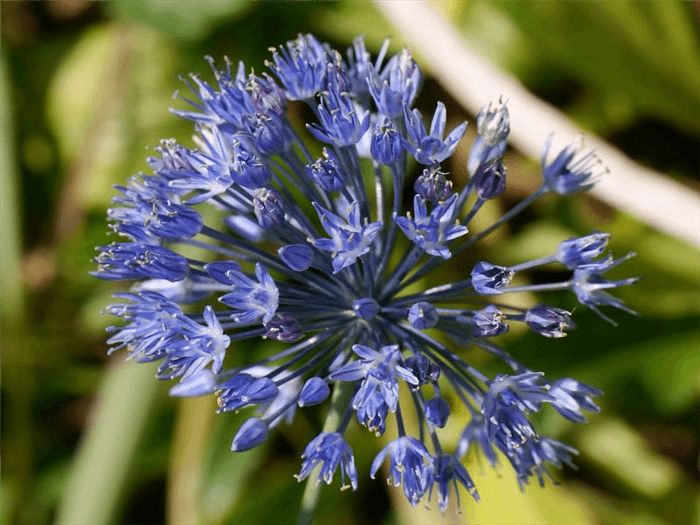
Blue Bell Shaped Flower - Bluebell Flowering Onion
Brunnera (Brunnera macrophylla)
Brunnera, commonly known as Siberian bugloss or false forget-me-not, is a charming perennial prized for its striking heart-shaped leaves and delicate blue flowers. Blooming in early spring, the small, five-petaled flowers resemble those of true forget-me-nots and create a lovely carpet of blue that attracts bees and butterflies. This plant thrives in moist, well-drained soil and prefers partial to full shade, making it an excellent choice for woodland gardens and shady borders. The lush foliage provides an attractive backdrop throughout the growing season, often taking on a silvery sheen that enhances its ornamental appeal. Brunnera is relatively low-maintenance, making it a favorite among gardeners looking for reliable ground cover that adds both beauty and texture to shaded areas. With its enchanting blooms and vibrant leaves, Brunnera macrophylla brings a touch of elegance and charm to any garden setting.
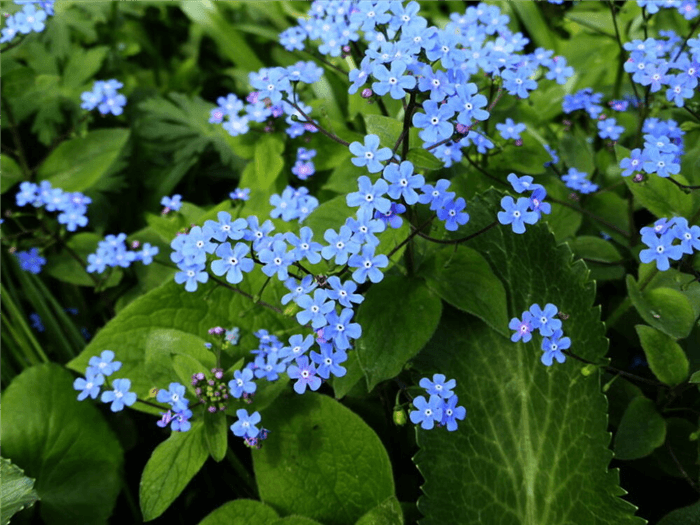
Blue Bell Shaped Flower - Brunnera
Creeping Bellflower (Campanula rapunculoides)
Creeping Bellflower is a vigorous perennial known for its charming, bell-shaped flowers and creeping growth habit. Typically reaching heights of 1 to 2 feet, this plant spreads readily, making it an excellent choice for ground cover in borders and informal gardens. Blooming from late spring to early summer, it produces clusters of tubular blue or purple flowers that attract pollinators such as bees and butterflies. Creeping Bellflower thrives in well-drained soil and prefers full sun to partial shade, making it adaptable to various garden conditions. While it can form lovely carpets of blooms, gardeners should be mindful of its spreading nature, as it can become invasive in some areas. With its beautiful flowers and ability to thrive in diverse environments, Campanula rapunculoides is a popular choice for adding color and texture to garden landscapes.
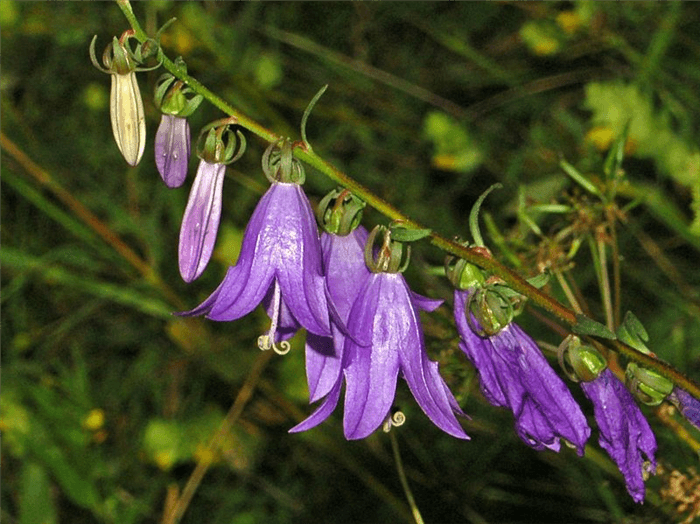
Blue Bell Shaped Flower - Creeping Bellflower
Blue Fuchsia (Fuchsia magellanica)
Blue Fuchsia is a captivating flowering plant known for its stunning, pendulous blooms that feature vibrant blue and purple hues. Native to South America, this hardy perennial typically produces delicate, tubular flowers that hang gracefully from arching stems, creating a striking visual display throughout the summer. The blossoms attract hummingbirds and pollinators, making them a favorite in wildlife gardens. Blue Fuchsia thrives in well-drained soil and prefers partial shade, making it ideal for garden beds, borders, and hanging baskets. Its lush green foliage provides a beautiful backdrop for the colorful flowers, enhancing the overall aesthetic of the garden. With its enchanting appearance and ability to flourish in cooler climates, Fuchsia magellanica is a beloved choice for gardeners seeking to add a touch of elegance and charm to their outdoor spaces.

Blue Bell Shaped Flower - Blue Fuchsia
Yellow Bell Shaped Flowers
Yellow Bellflower (Campanula rotundifolia ‘Yellow’)
Yellow Bellflower is a charming perennial that offers a delightful twist on the classic harebell, featuring bright yellow, bell-shaped flowers that bloom in late spring to early summer. Typically reaching heights of 12 to 18 inches, this variety produces slender stems adorned with cheerful, cup-like blossoms that attract pollinators such as bees and butterflies. Yellow Bellflower thrives in well-drained soil and prefers full sun to partial shade, making it an adaptable choice for rock gardens, borders, and naturalized areas. Its compact growth habit and vibrant flowers make it a lovely addition to flower beds, providing a splash of color and a whimsical touch. With its resilience and beauty, Campanula rotundifolia ‘Yellow’ is a favorite among gardeners looking to enhance their landscapes with unique and cheerful blooms.
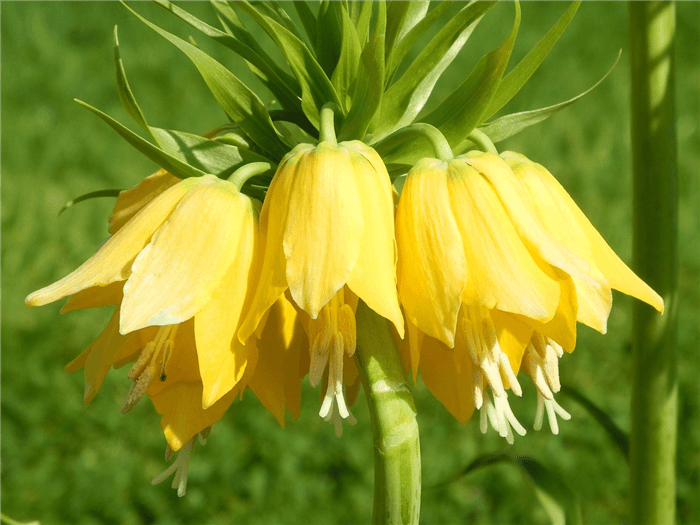
Yellow Bell Shaped Flower - Yellow Bellflower
Golden Smiling Bells (Pseudomorpheus spp.)
Golden Smiling Bells is a lesser-known but captivating plant known for its unique, bell-shaped yellow flowers that resemble tiny lanterns. These charming blooms typically appear in clusters and create a striking visual display in gardens and landscapes. Golden Smiling Bells thrive in warm, tropical climates, preferring well-drained soil and full sun to partial shade. Their cheerful, bright flowers not only add vibrant color but also attract various pollinators, enhancing the biodiversity of the garden. With their eye-catching appearance and relatively low maintenance requirements, Pseudomorpheus spp. makes a delightful addition to garden beds, borders, or containers, bringing a touch of whimsy and warmth to outdoor spaces.
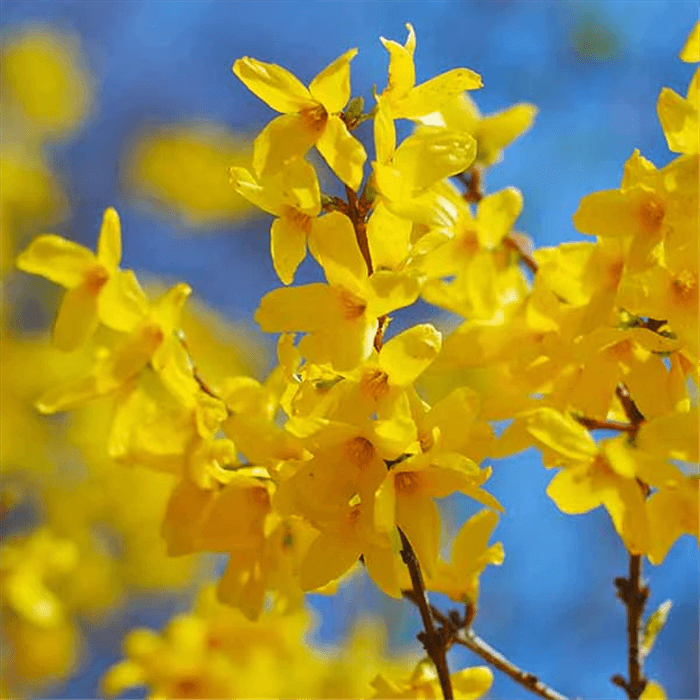
Yellow Bell Shaped Flower - Golden Smiling Bells
Yellow Trumpet Lily (Lilium ‘Yellow Trumpet’)
Yellow Trumpet Lily is a stunning perennial known for its large, trumpet-shaped flowers that exude a delightful fragrance. Blooming in mid to late summer, these bright yellow blossoms create a dramatic focal point in any garden. The trumpet shape of the flowers allows them to attract a variety of pollinators, including bees and butterflies. Yellow Trumpet Lilies thrive in well-drained soil and prefer full sun to partial shade, making them ideal for borders, garden beds, and even containers. With their tall, sturdy stems, they can reach heights of 3 to 4 feet, adding vertical interest to the landscape. In addition to their beauty, these lilies are relatively easy to care for, making them a favorite among gardeners looking to enhance their outdoor spaces with vibrant, long-lasting blooms.
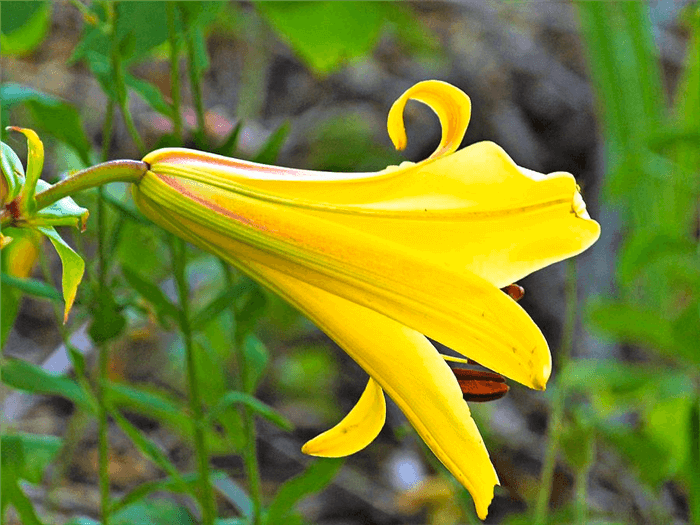
Yellow Bell Shaped Flower - Yellow Trumpet Lily
Yellow Foxglove (Digitalis grandiflora)
Yellow Foxglove is a striking perennial known for its tall spikes adorned with large, trumpet-shaped yellow flowers. Blooming in late spring to early summer, this variety of foxglove can reach heights of 3 to 5 feet, making it a dramatic addition to any garden. The soft yellow blooms attract various pollinators, including bees and butterflies, adding life and movement to the landscape. Yellow Foxglove thrives in well-drained soil and prefers partial shade to full sun, making it suitable for woodland edges, borders, and cottage gardens. Its lush green foliage forms a rosette at the base, providing an attractive backdrop for its stunning flowers. While beautiful, it's important to note that all parts of the plant are toxic if ingested, so caution is advised in gardens frequented by pets and children. With its elegant appearance and ability to create a vibrant display, Digitalis grandiflora is a favorite among gardeners looking to add height and color to their outdoor spaces.
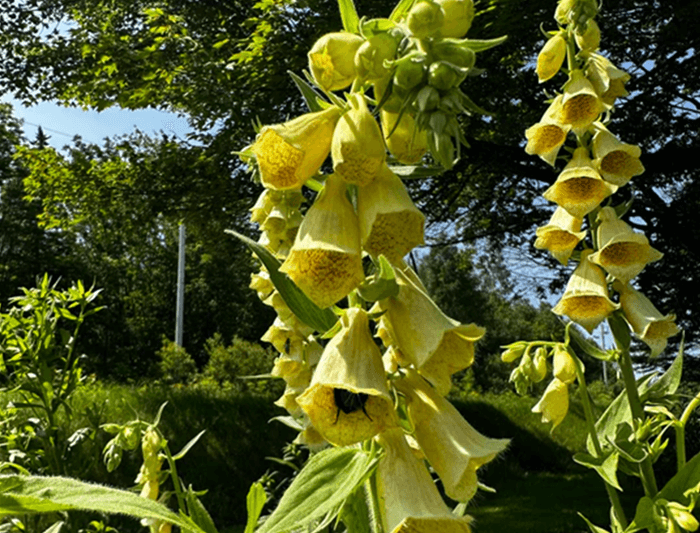
Yellow Bell Shaped Flower - Yellow Foxglove
Yellow Archangel (Lamiastrum galeobdolon)
Yellow Archangel is a hardy perennial known for its vibrant yellow flowers and attractive foliage. Blooming in spring, the small, tubular blossoms appear in clusters, creating a cheerful display that brightens shady areas of the garden. This plant typically grows 1 to 2 feet tall and features striking silver-marbled leaves that provide visual interest even when not in bloom. Yellow Archangel thrives in well-drained soil and prefers partial to full shade, making it an excellent choice for woodland gardens, borders, and ground cover. Its spreading habit allows it to create a lush carpet, effectively suppressing weeds. Additionally, it attracts pollinators like bees and butterflies, enhancing biodiversity in the garden. With its lovely flowers and resilient nature, Lamiastrum galeobdolon is a popular choice for gardeners looking to add color and texture to shaded spots.
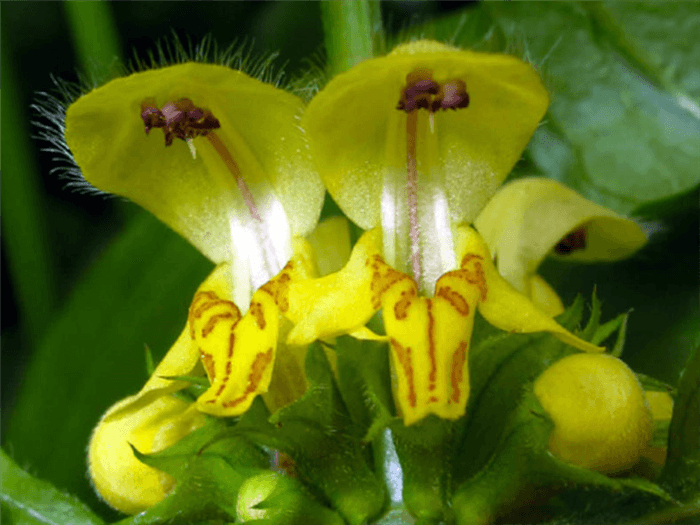
Yellow Bell Shaped Flower - Yellow Archangel
Yellow Jasmine (Jasminum nudiflorum)
Yellow Jasmine, also known as winter jasmine, is a delightful deciduous shrub prized for its bright yellow, star-shaped flowers that bloom in late winter to early spring. This hardy plant can reach heights of 3 to 4 feet and is often used as a ground cover or trained to climb on trellises and fences. The cheerful blooms appear before the leaves, creating a striking contrast against the green backdrop. Yellow Jasmine thrives in well-drained soil and prefers full sun to partial shade, making it versatile for various garden settings. Its fragrant flowers attract pollinators such as bees, enhancing the garden's biodiversity. With its early blooms and lovely fragrance, Jasminum nudiflorum adds a touch of brightness and cheer to gardens during the colder months, making it a favorite among gardeners seeking to bring color and life to their landscapes.
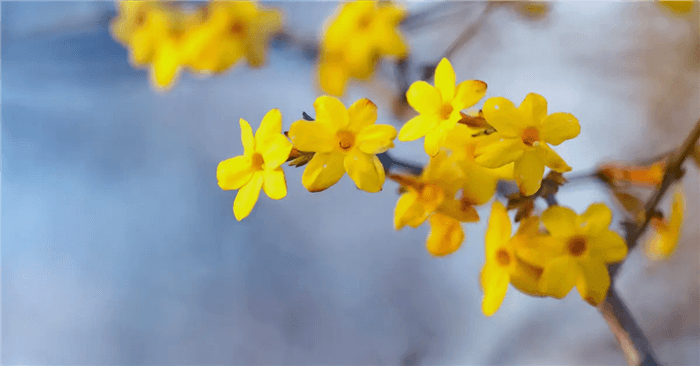
Yellow Bell Shaped Flower - Yellow Jasmine
How to Care for Bell Shaped Flowers in Right Light Conditions
When cultivating bell-shaped flowers, it is important to understand the light requirements. Growing bell-shaped flowers can promote plant growth and encourage vibrant blooms. To satisfy the light requirements for different bell-shaped flowers, you can use LED grow lights to customize the lighting and growth light spectrum duration.
2025 Newest Version Spider Farmer SF1000D 100W Full Spectrum LED Pflanzenlampe
In stock
2025 Newest Version Spider Farmer SF2000Pro Samsung LM301H EVO LED Pflanzenlampe For 3 Plants
In stock
2025 Newest Version Spider Farmer® SF2000 Samsung LM301H EVO LED Pflanzenlampe For 3 Plants
In stock
2025 Spider Farmer® SF1000 Samsung LM301H EVO LED Pflanzenlampe
In stock
2025 Spider Farmer® SF4000 450W Samsung lm301H EVO LED Grow Light
In stock
2025 Spider Farmer® SF7000 650W Foldable LED Pflanzenlampe
Out of stock
Here’s a breakdown of the light conditions preferred by various bell-shaped flower varieties:
Full Sun (6+ hours of direct sunlight)
- Examples: Foxglove, Yellow Trumpet Lily
- Requirements: These flowers thrive in bright sunlight, benefiting from direct exposure for most of the day. Full sun promotes robust growth and abundant flowering.
Partial Shade (3-6 hours of direct sunlight)
- Examples: Bluebel, Japanese Bellflower
- Requirements: These plants prefer a mix of sunlight and shade, thriving in locations that receive morning sun with afternoon shade. This condition helps prevent wilting yellow leaves and scorching.
Shade (less than 3 hours of direct sunlight)
- Examples: Lily of the Valley, Brunnera
- Requirements: These flowers do well in low-light conditions, often flourishing under the canopy of larger plants or trees. They typically need moist, well-drained soil to thrive in shady spots.
Conclusion
From the delicate blues of bluebells to the vibrant yellows of trumpet lilies and the soft pinks of foxgloves, each color brings its own character and appeal. These flowers not only enhance the visual landscape but also attract various pollinators, contributing to the health and biodiversity of the garden. By incorporating different colors of bell-shaped flowers, gardeners can create stunning displays that evolve throughout the seasons, ensuring a lively and vibrant outdoor space.


